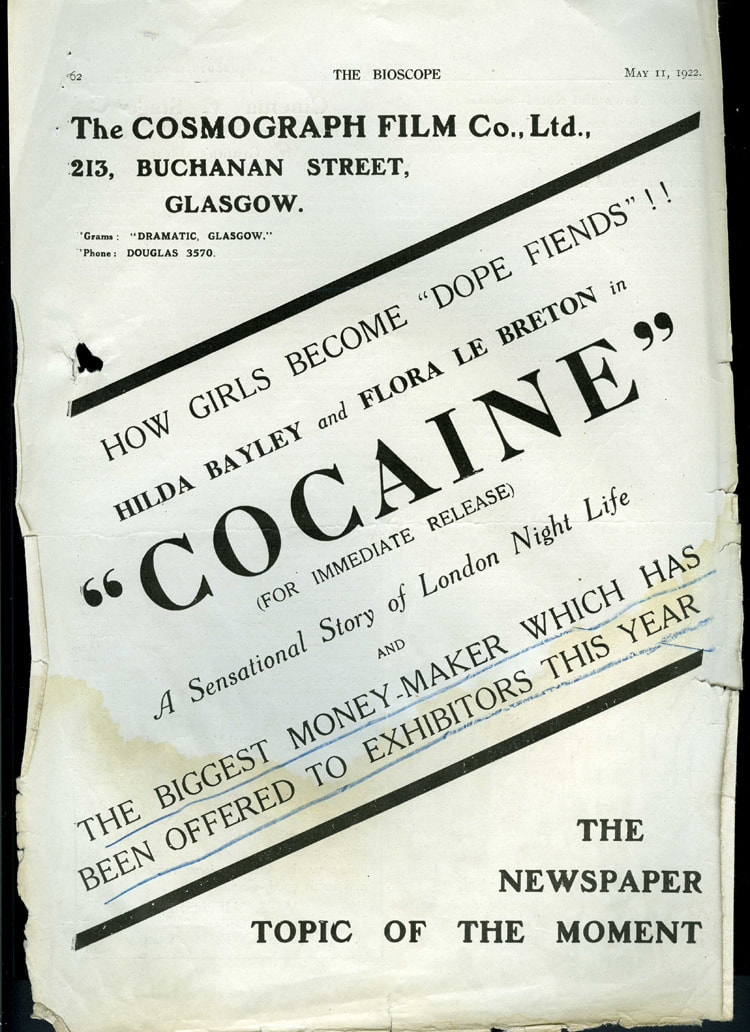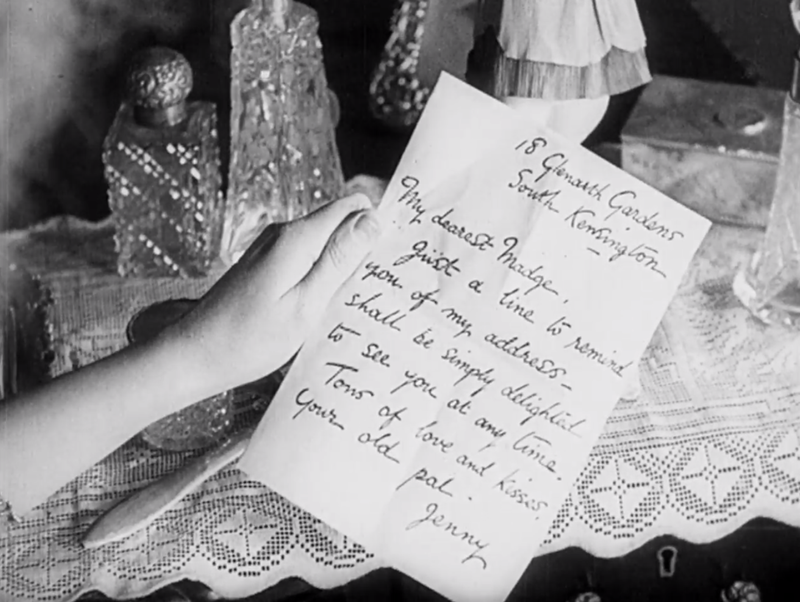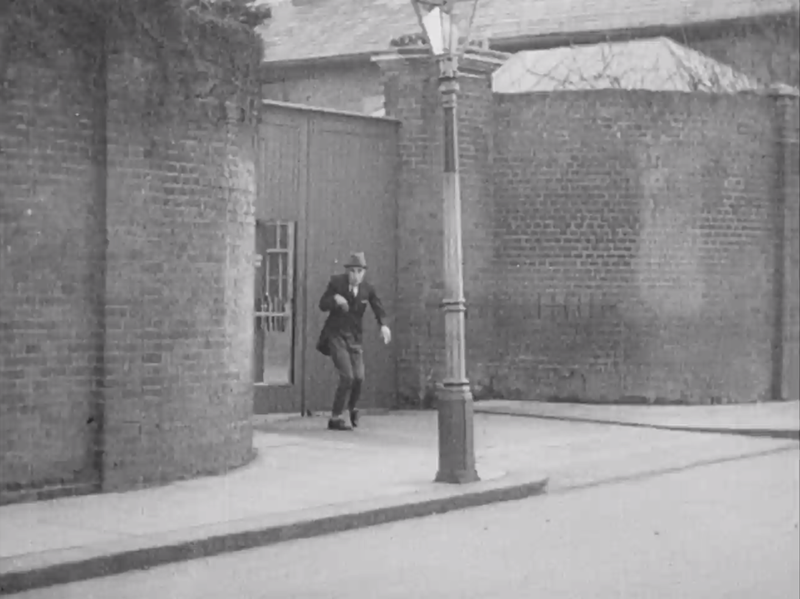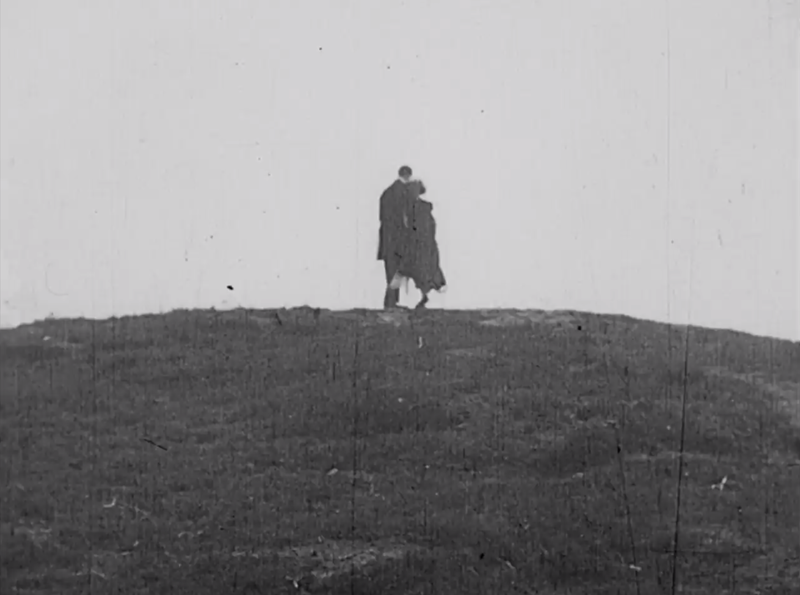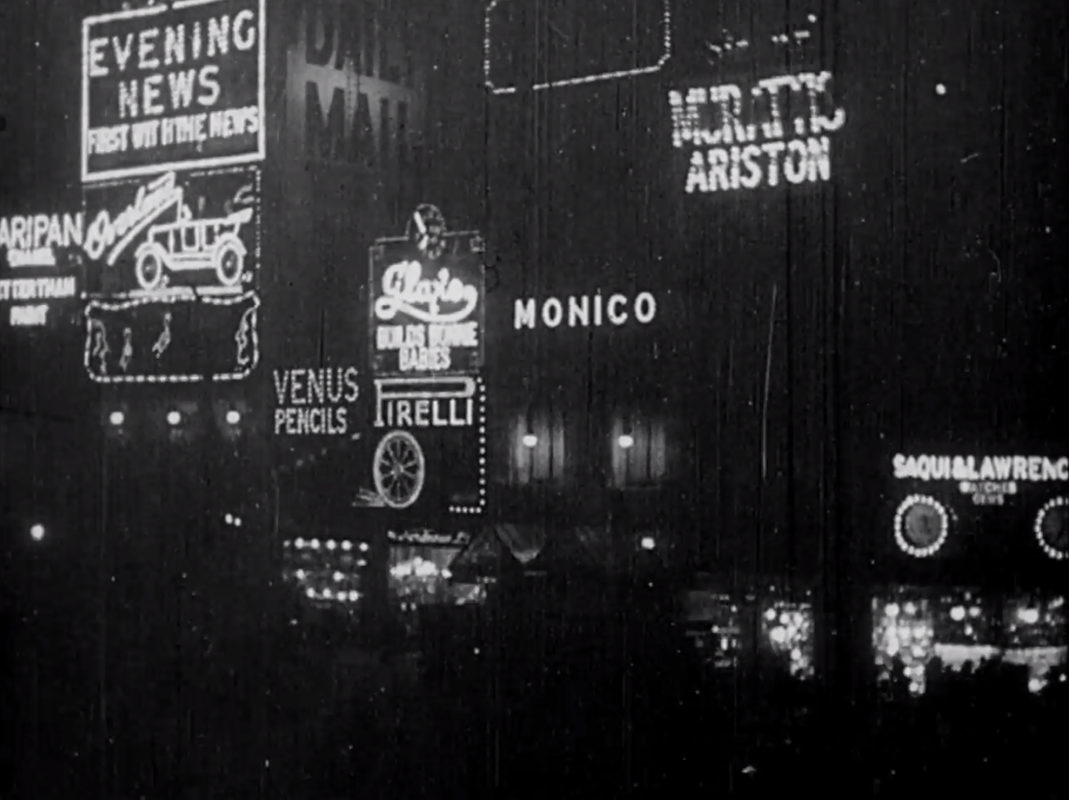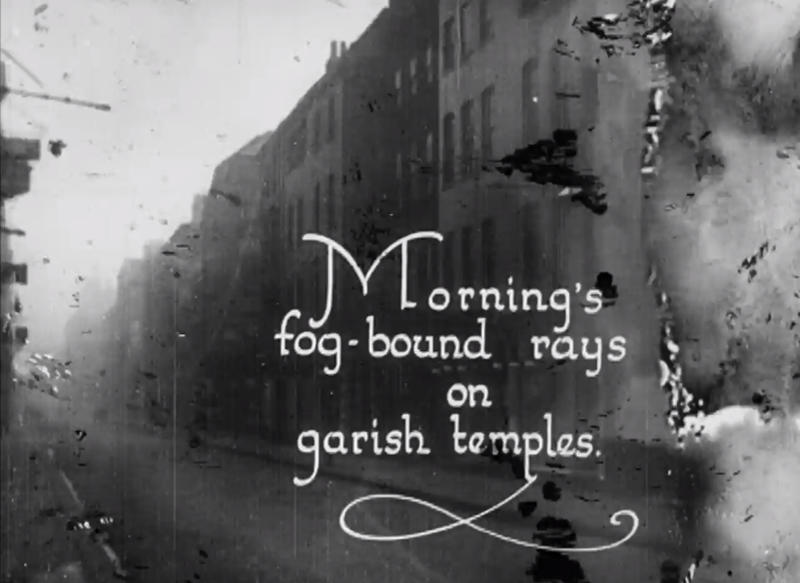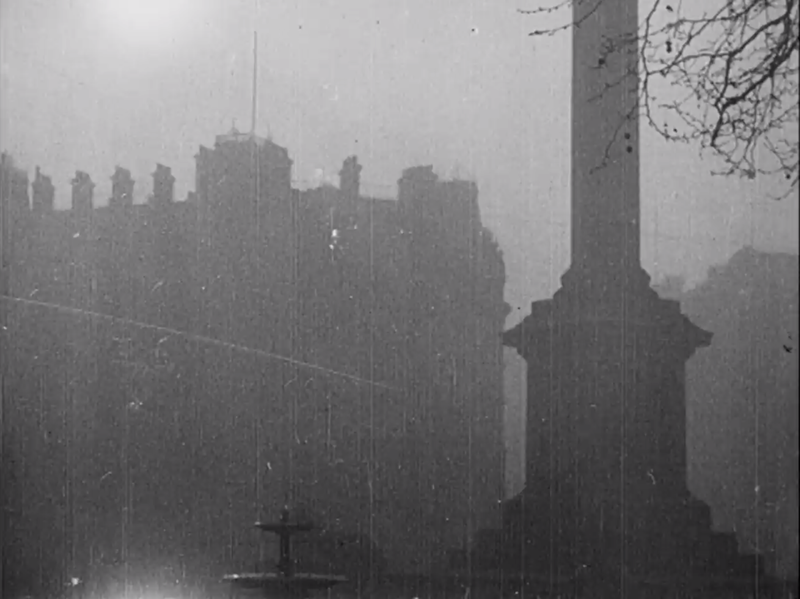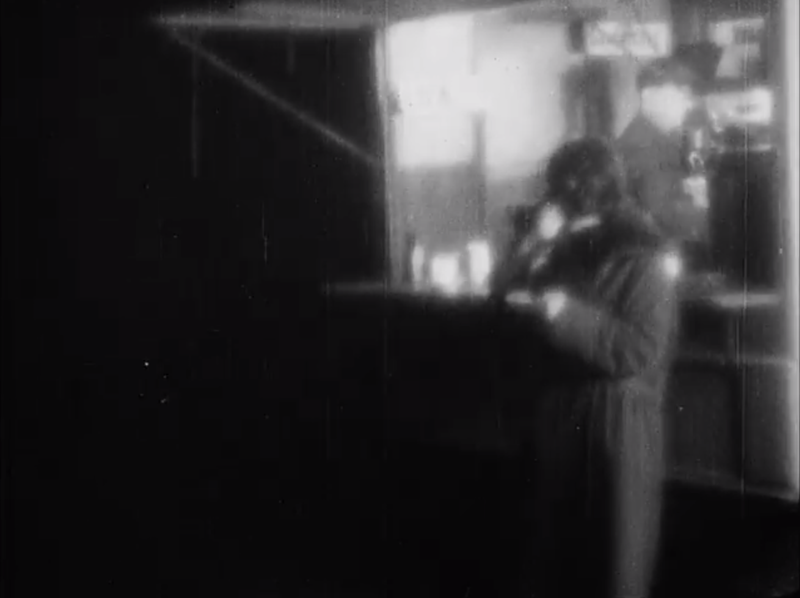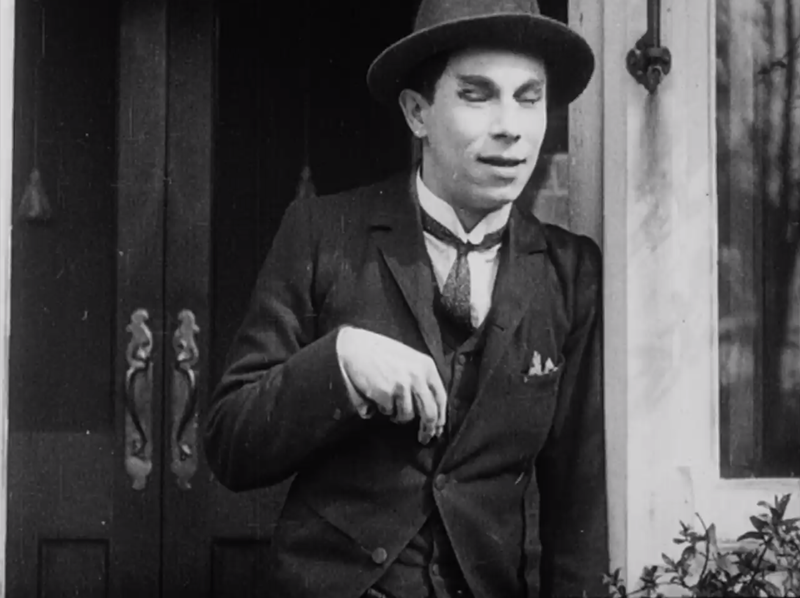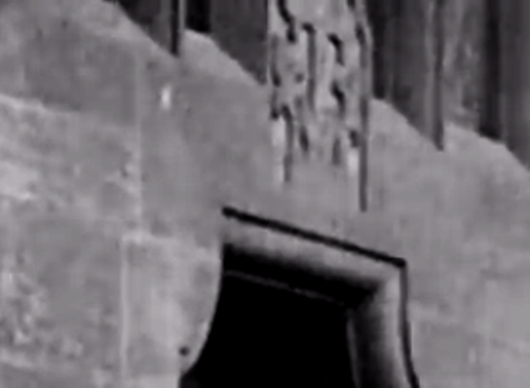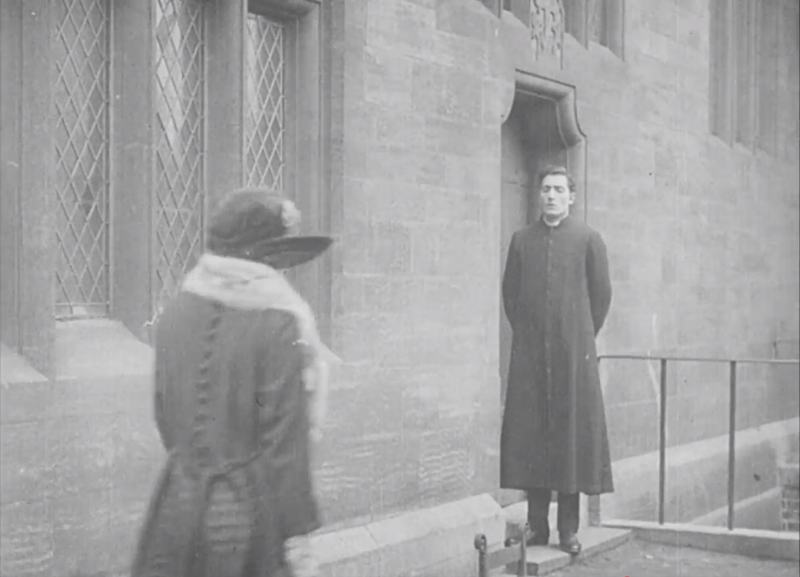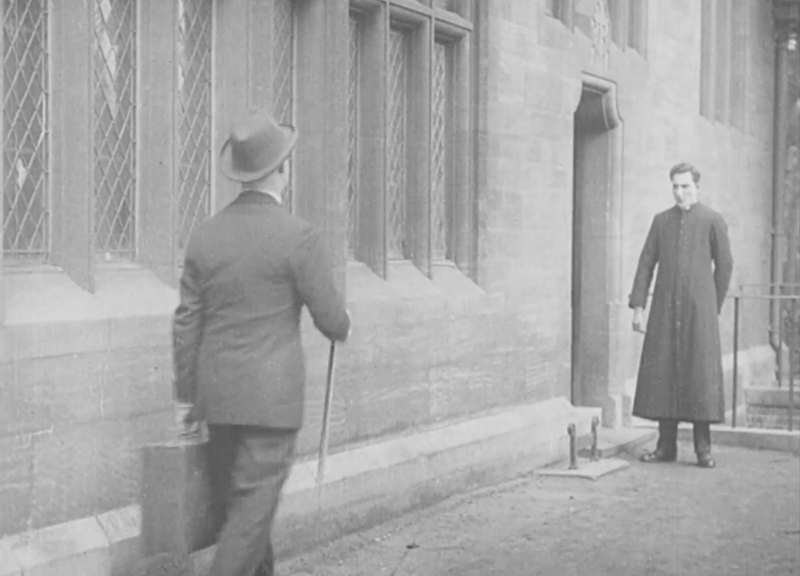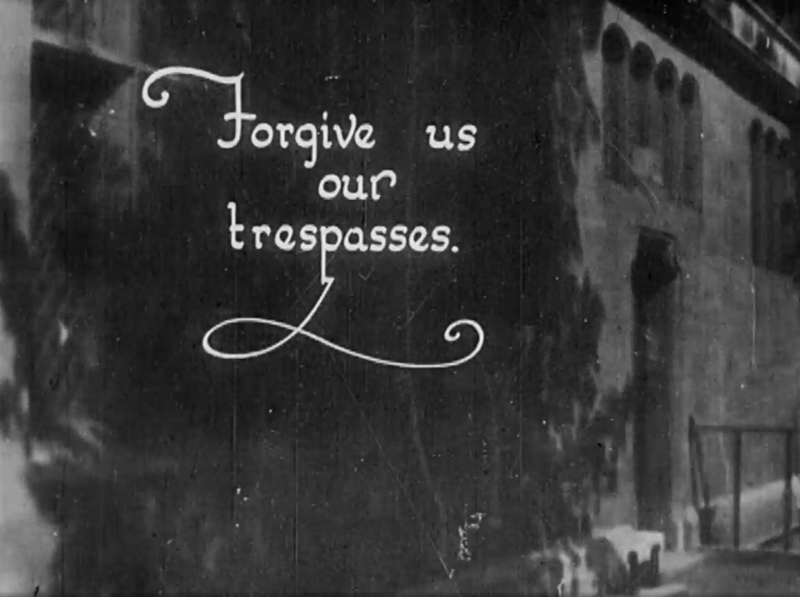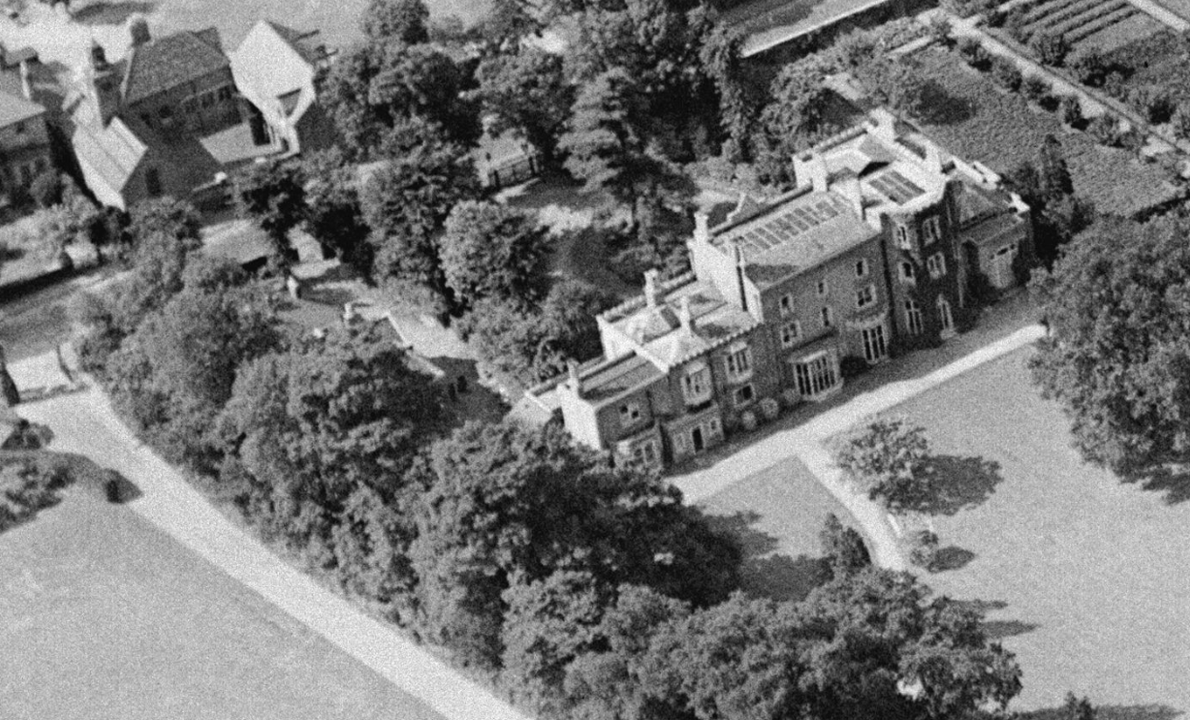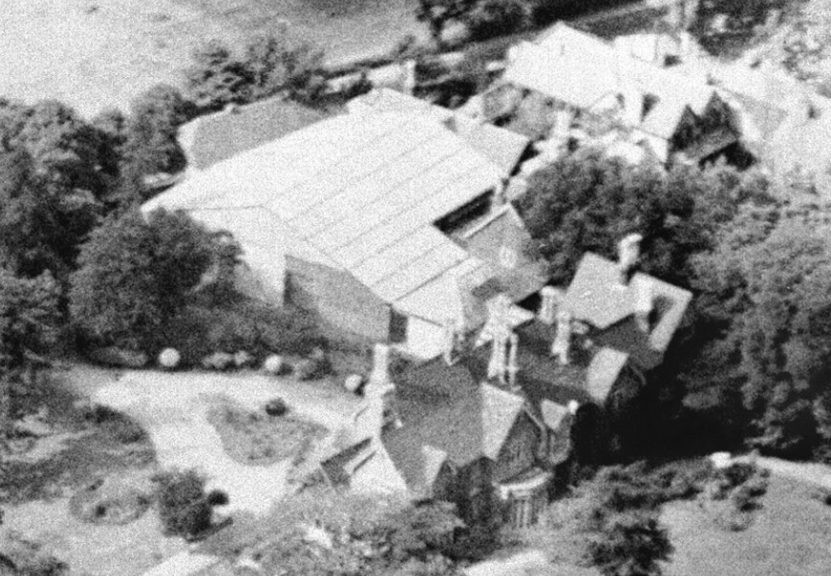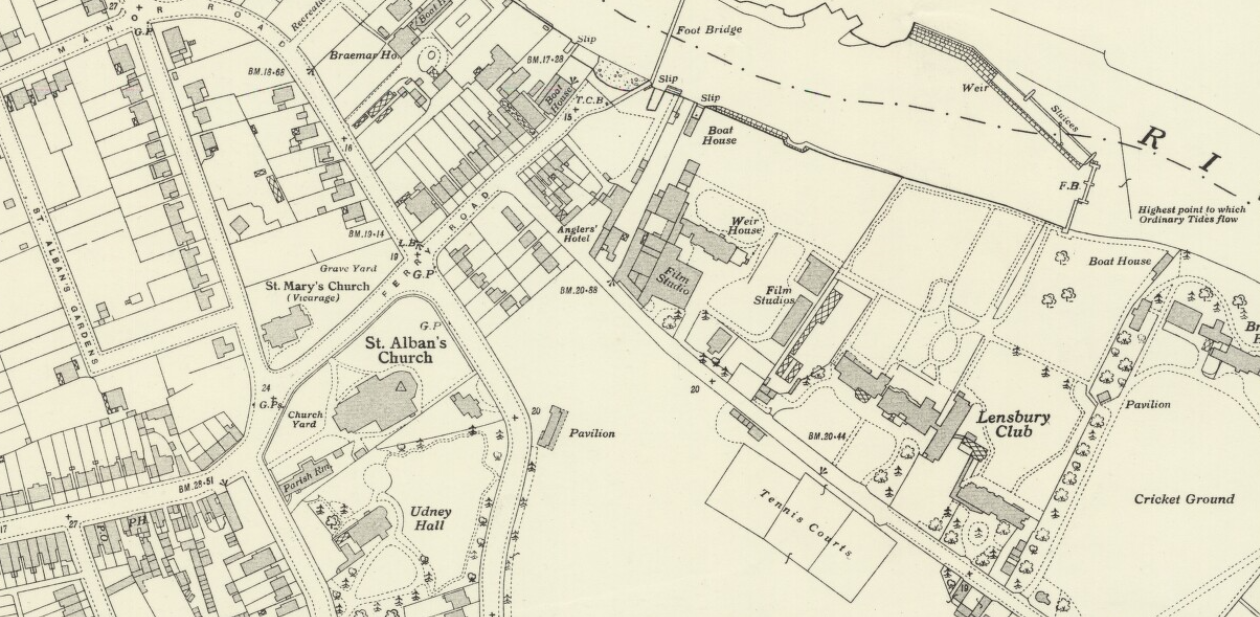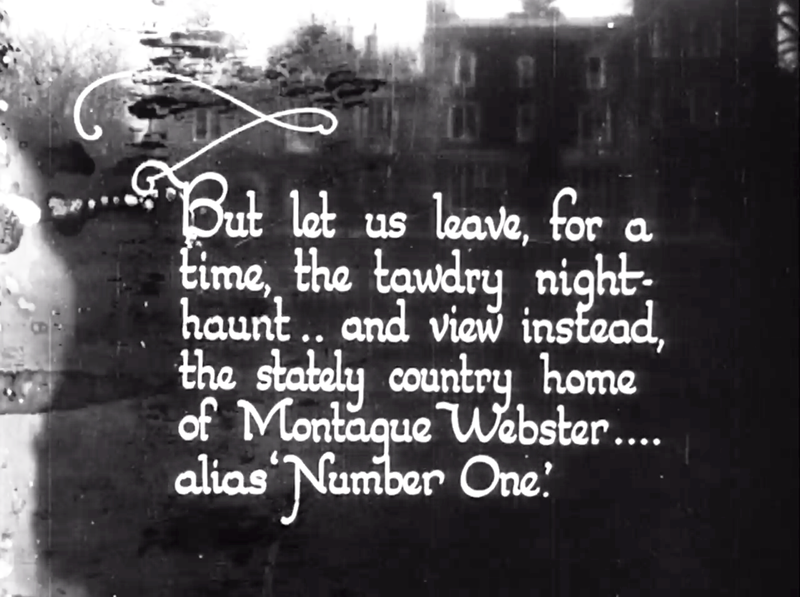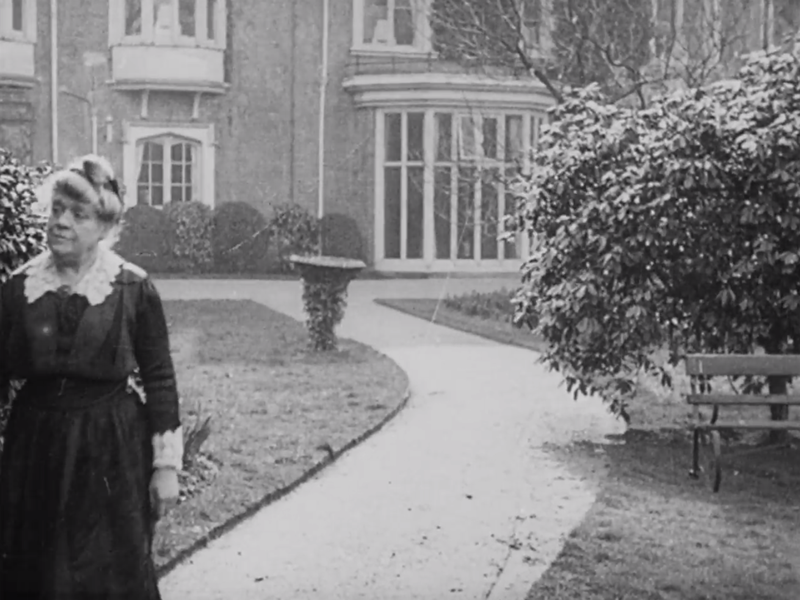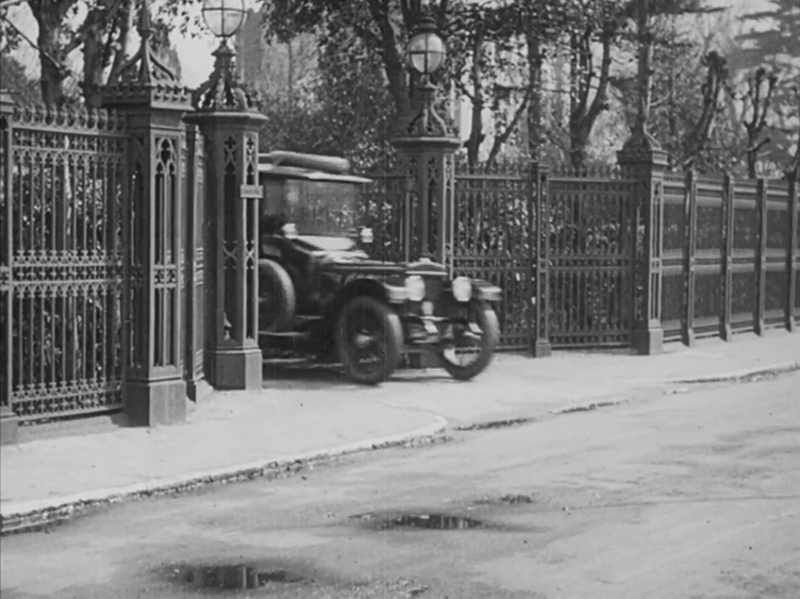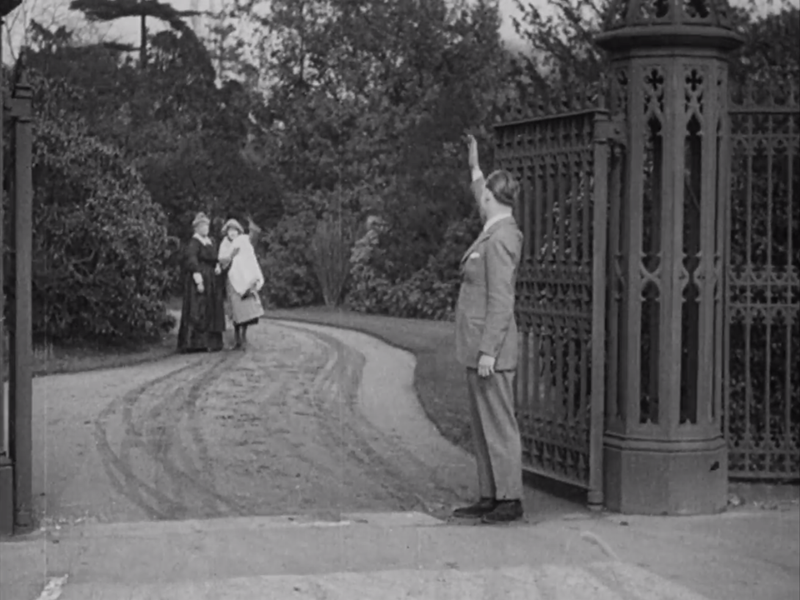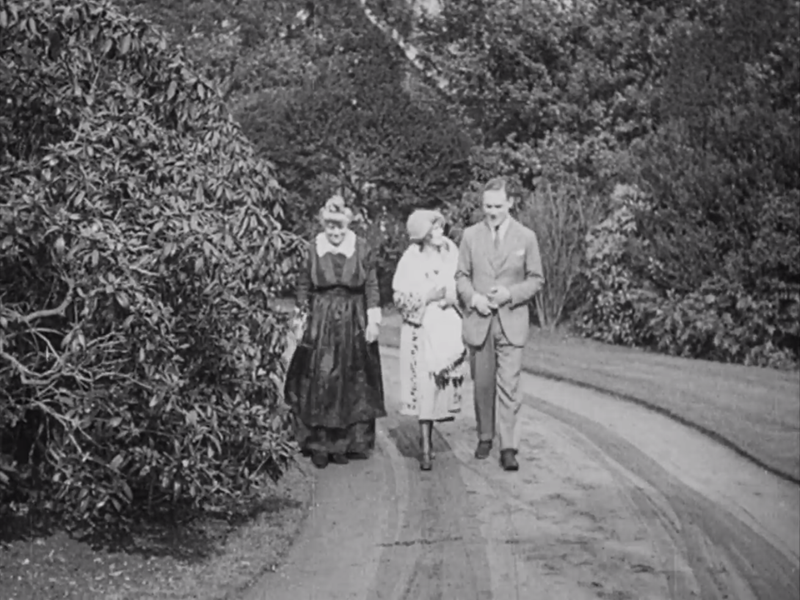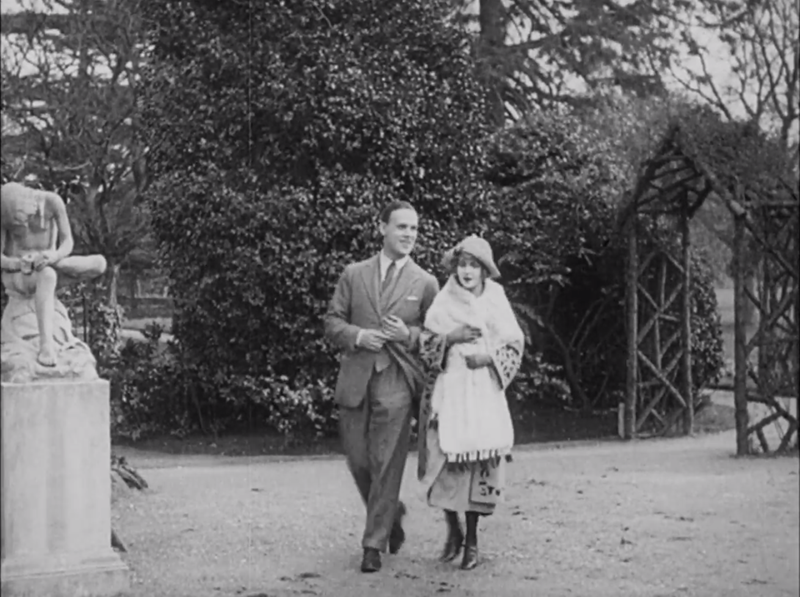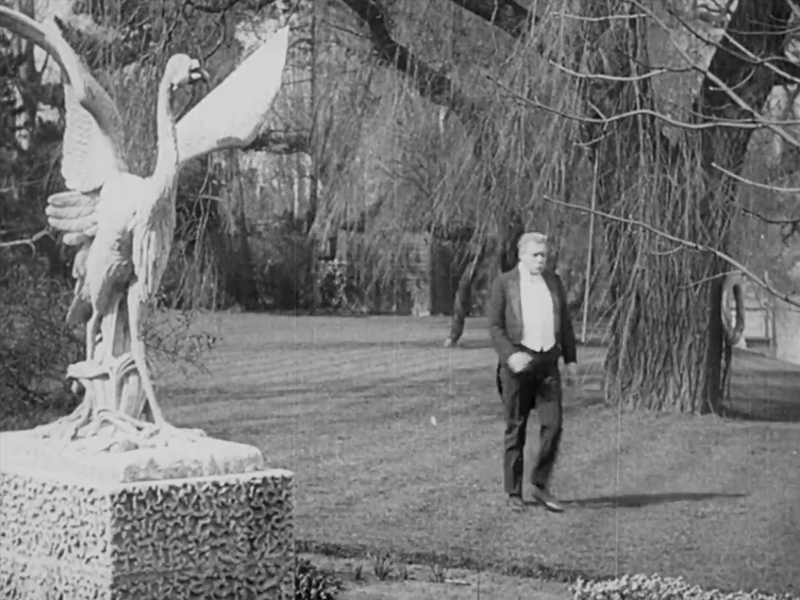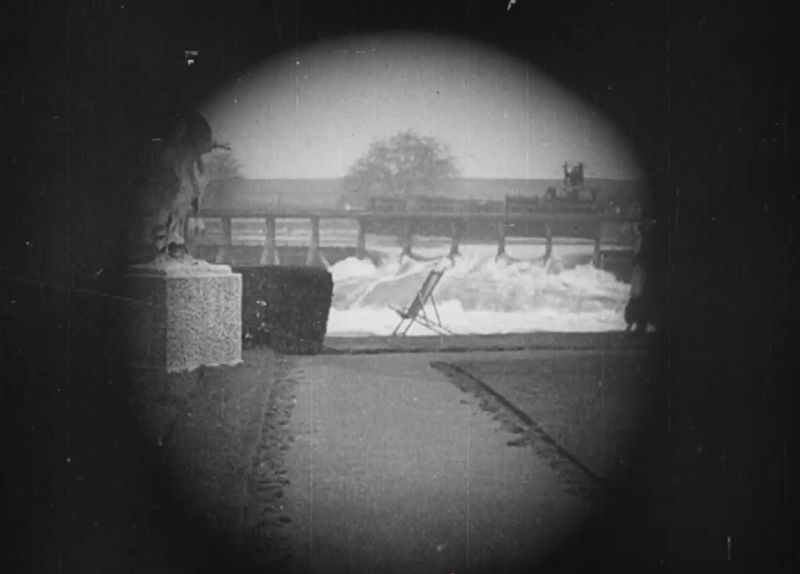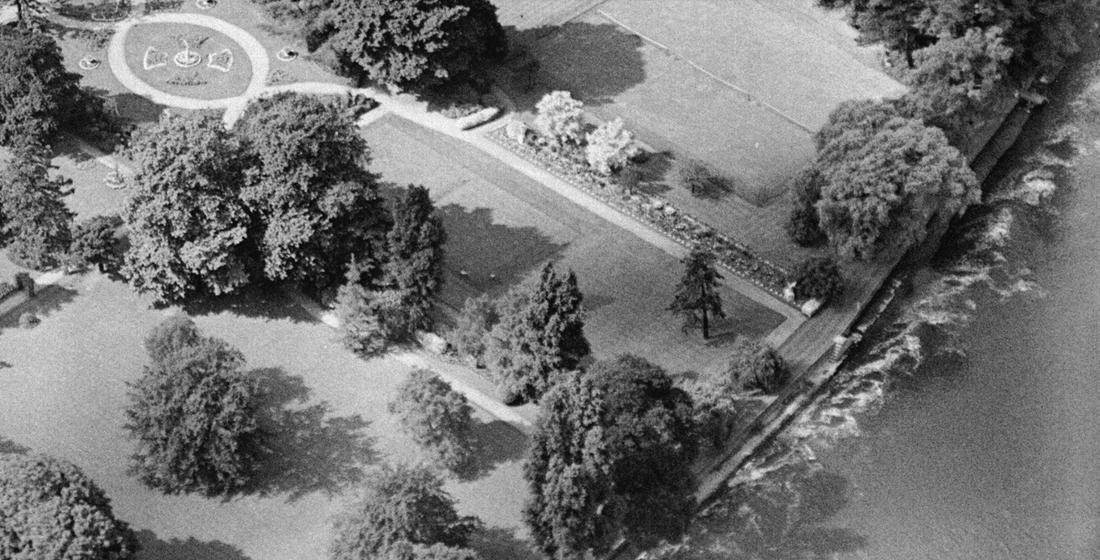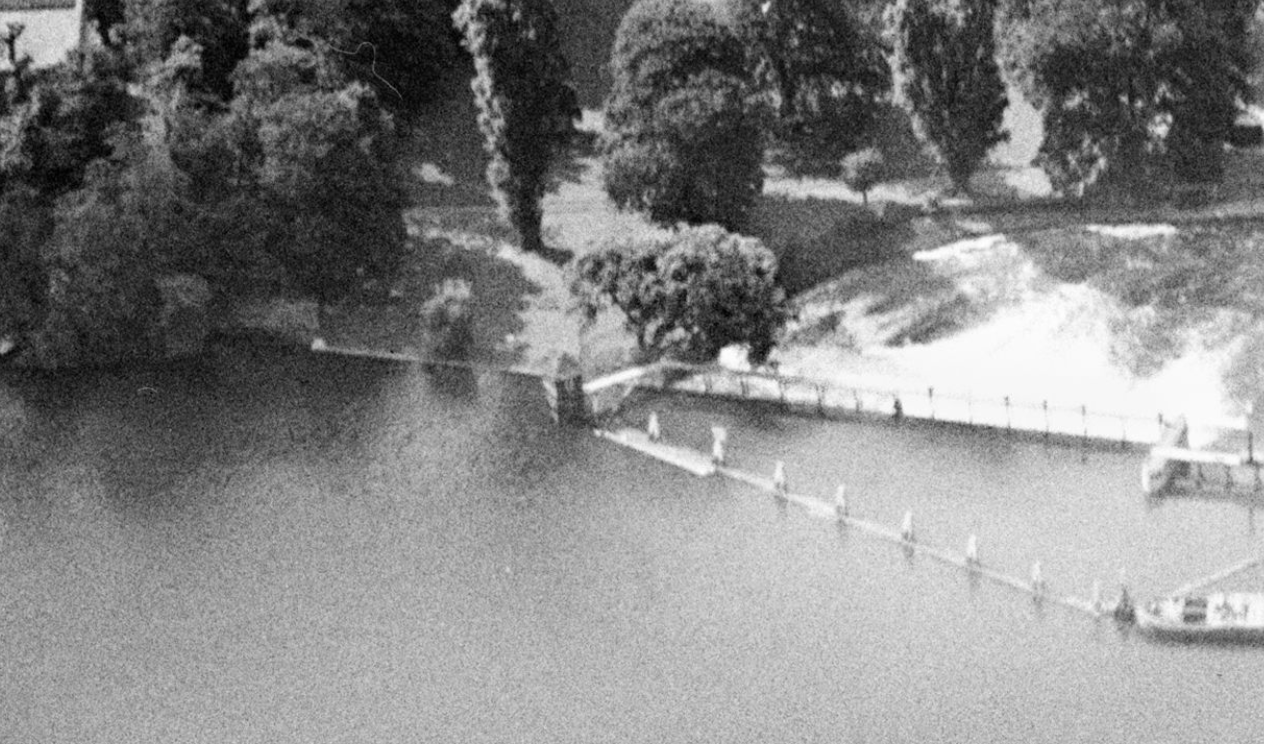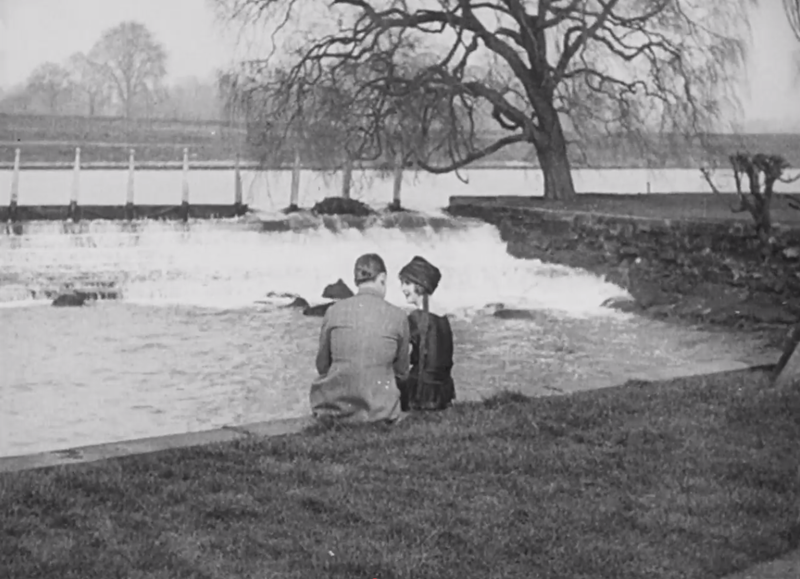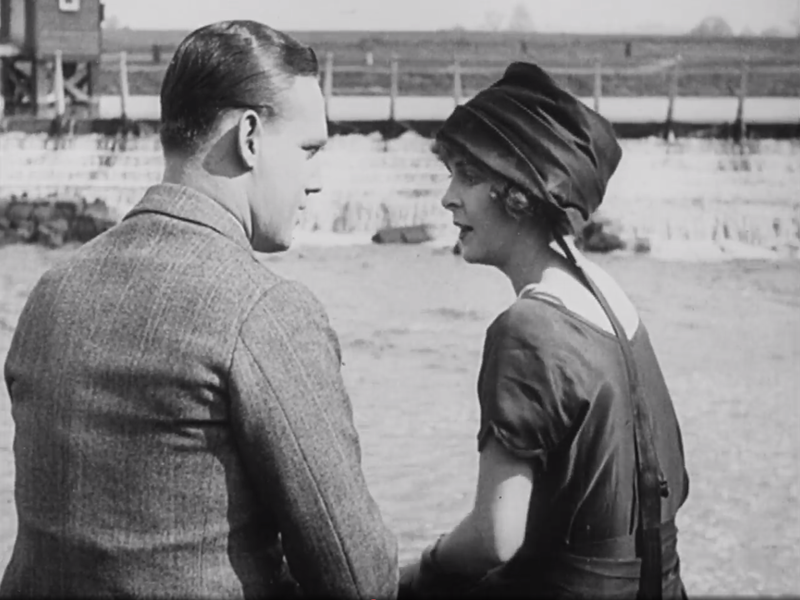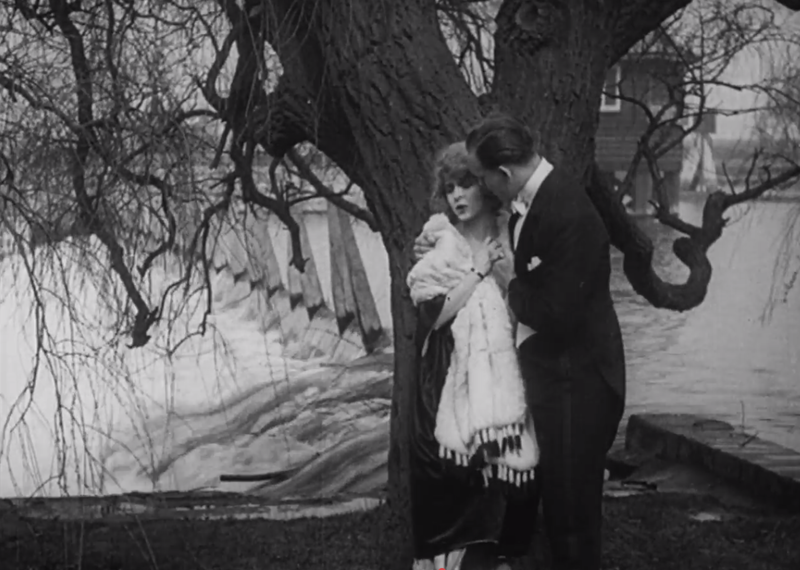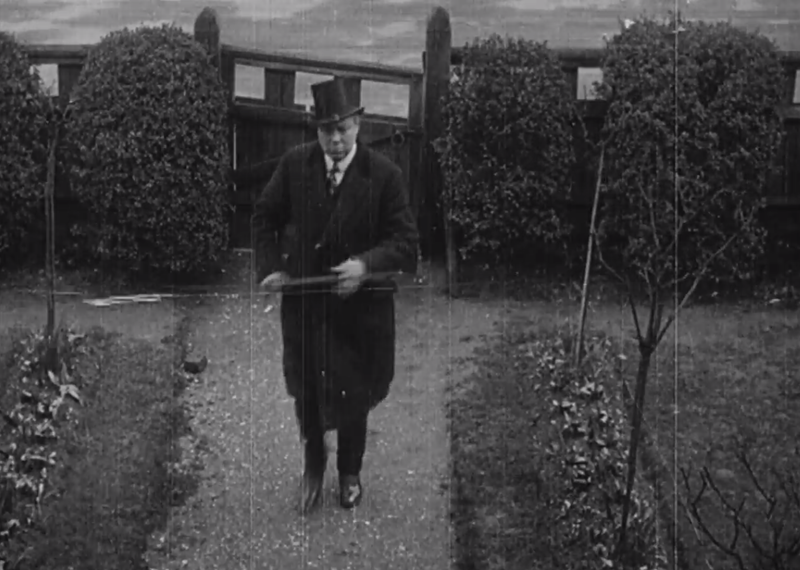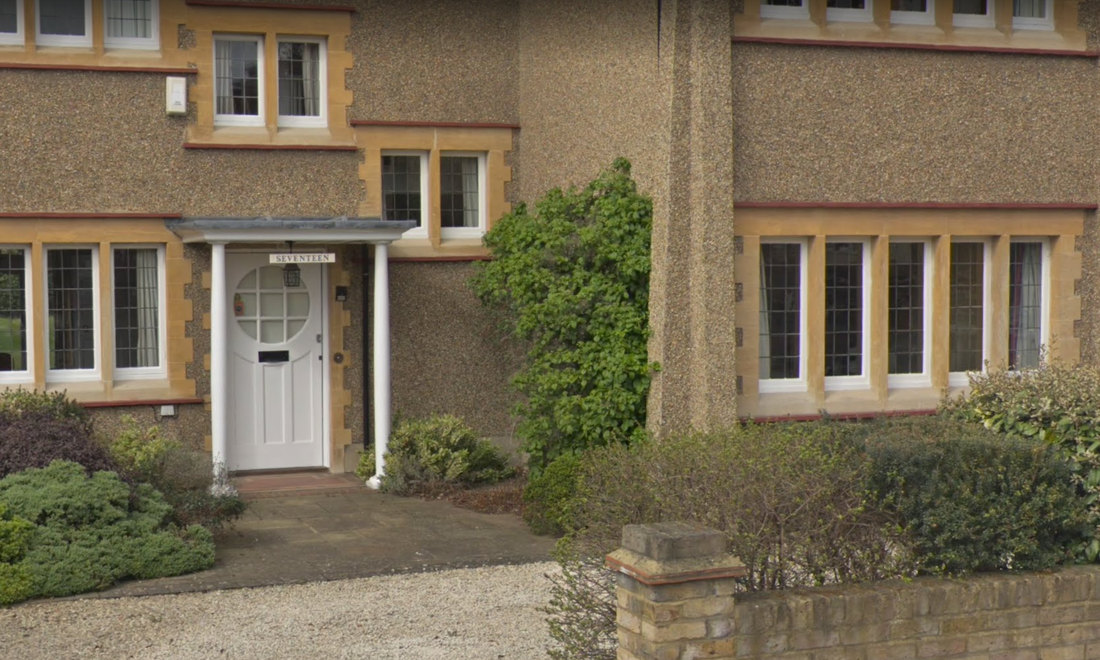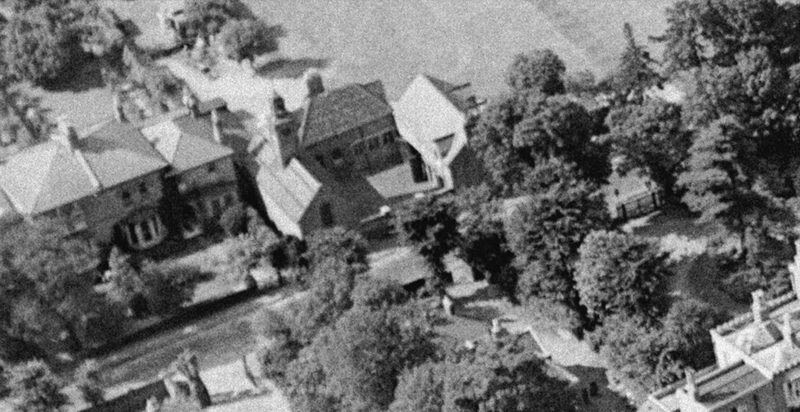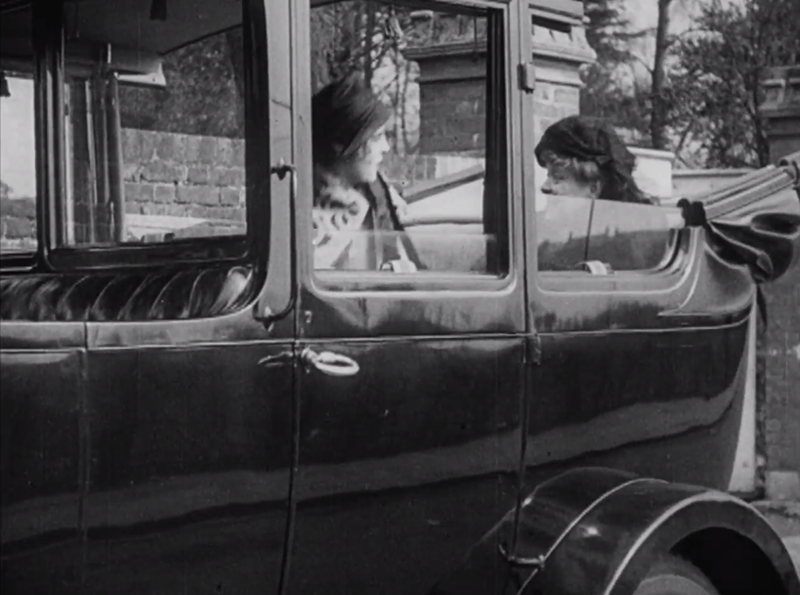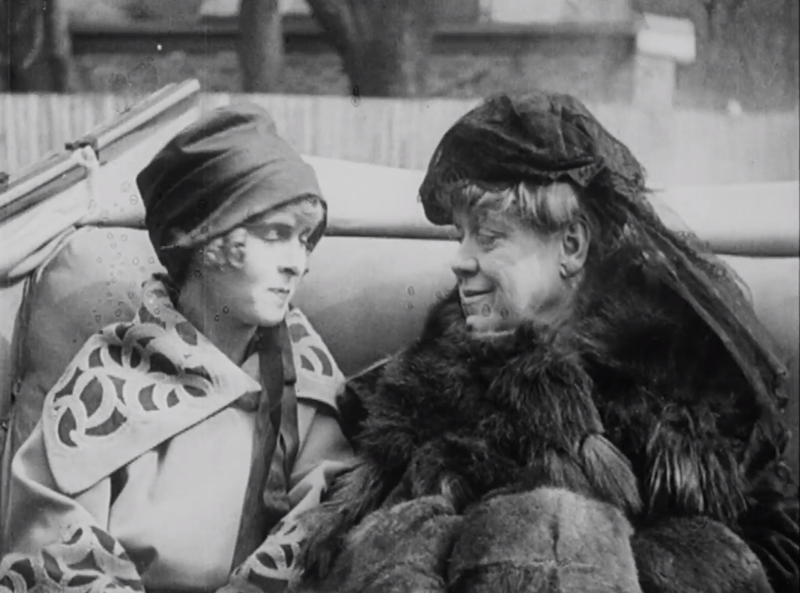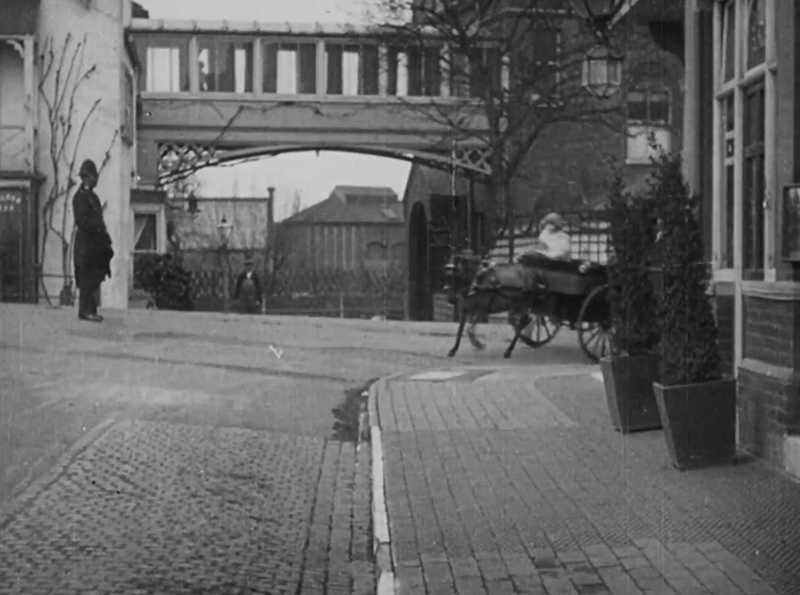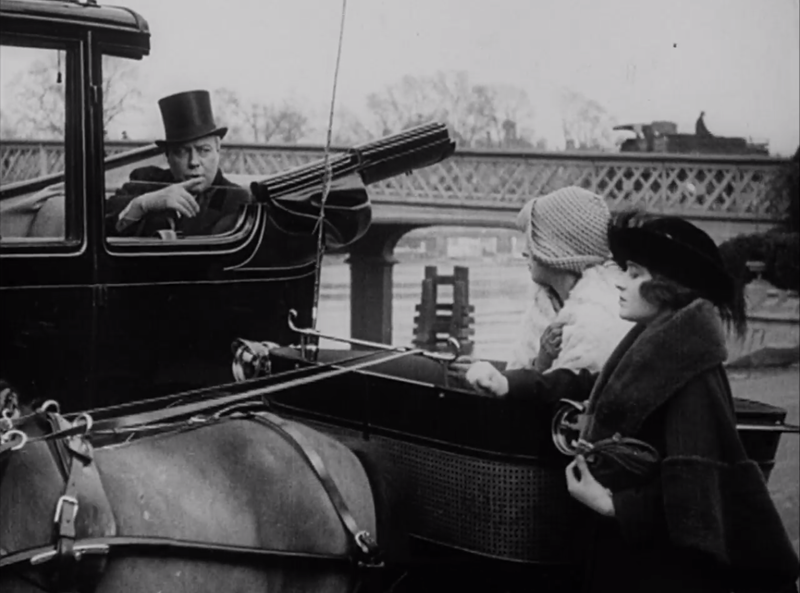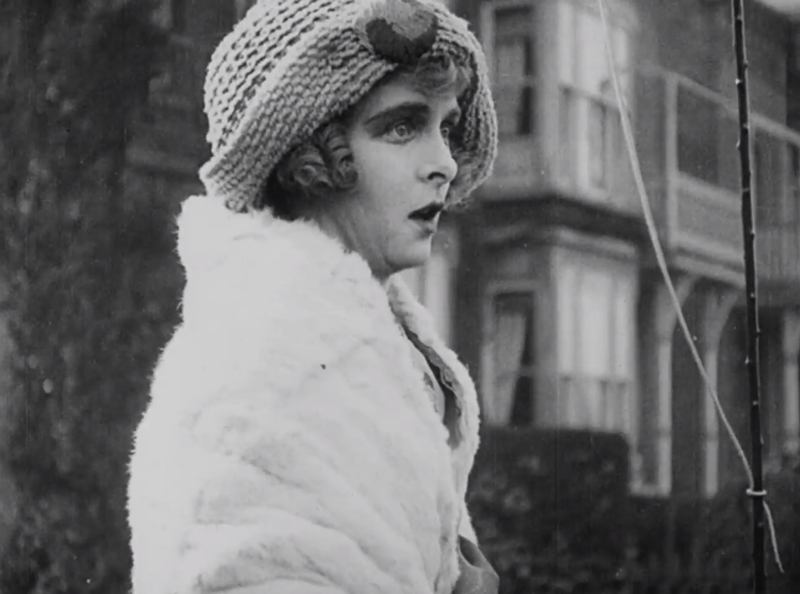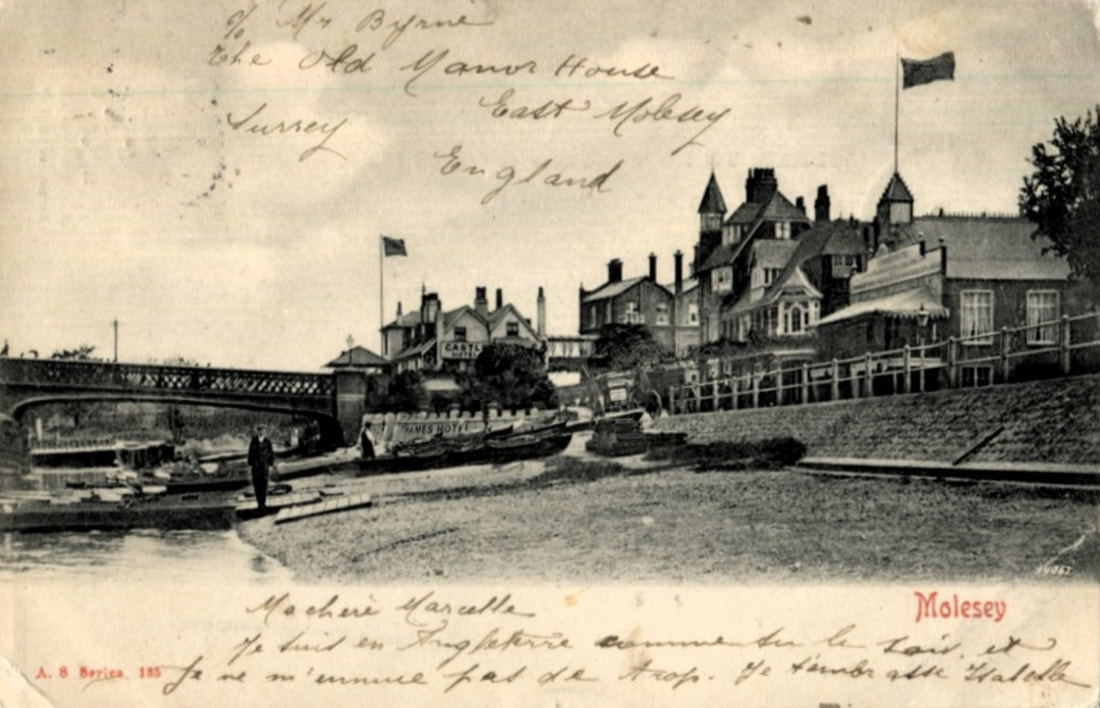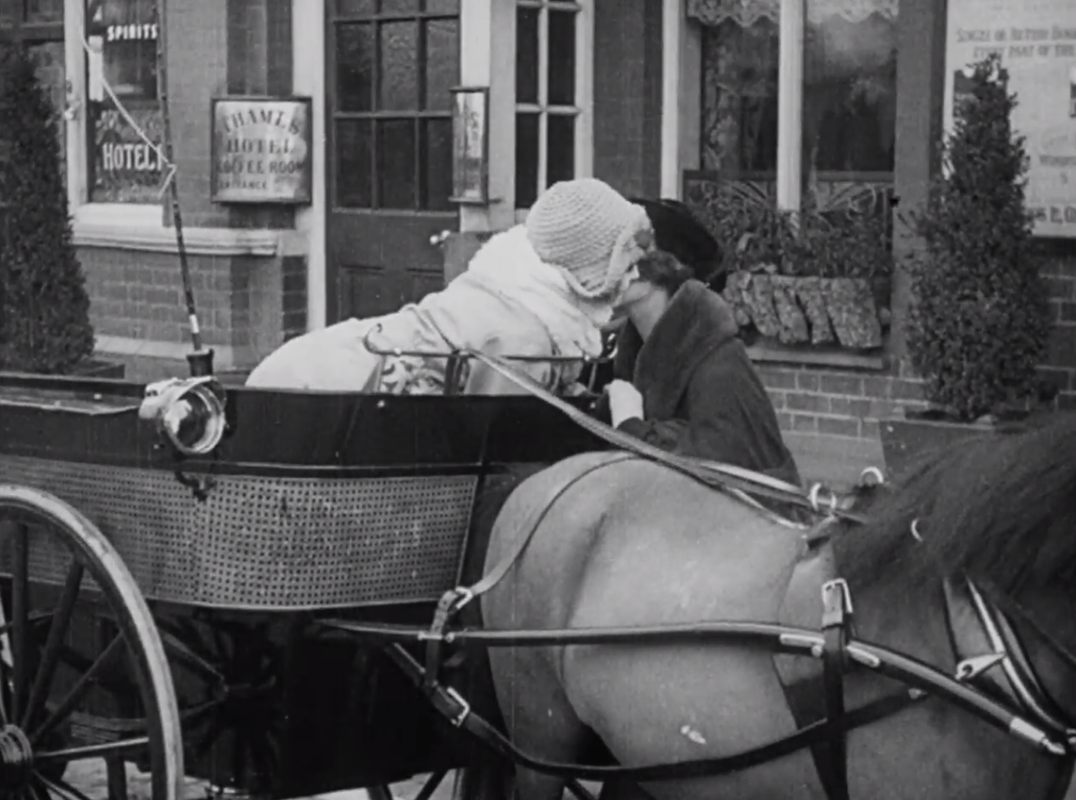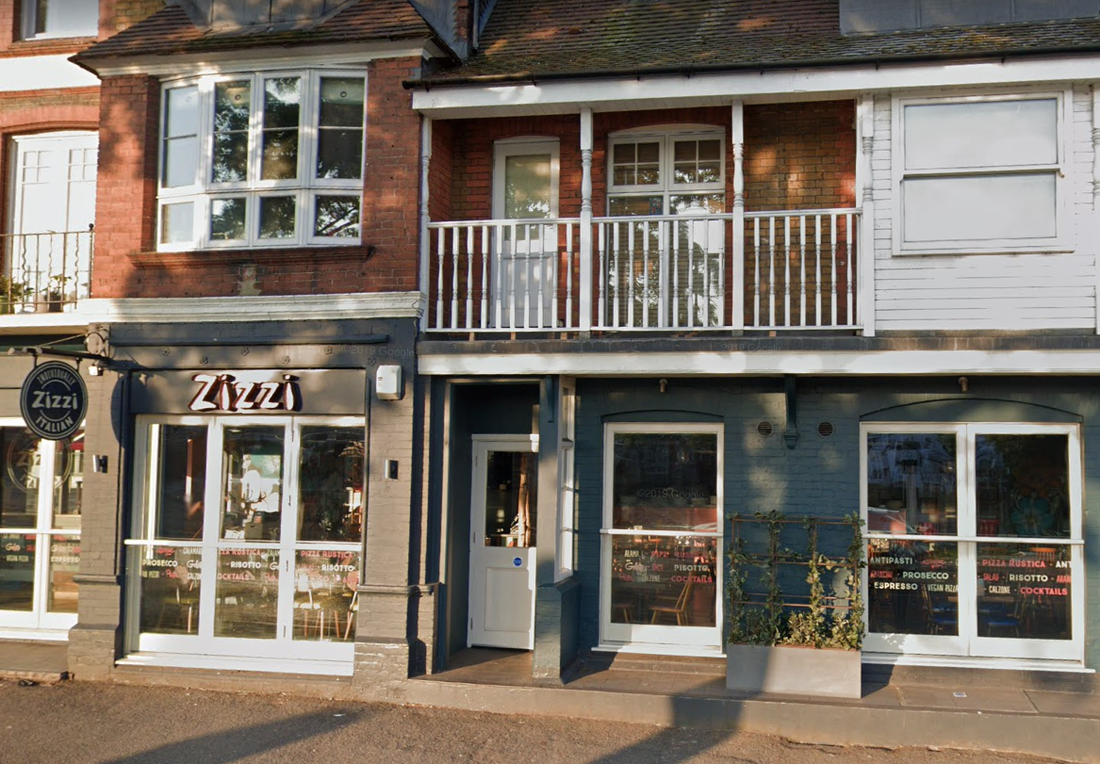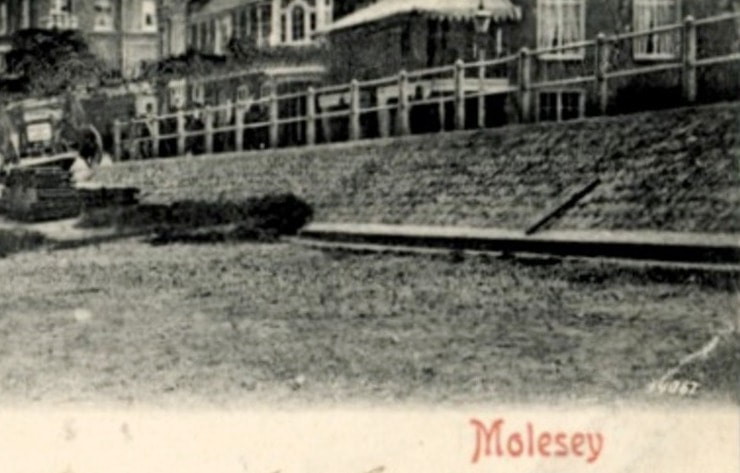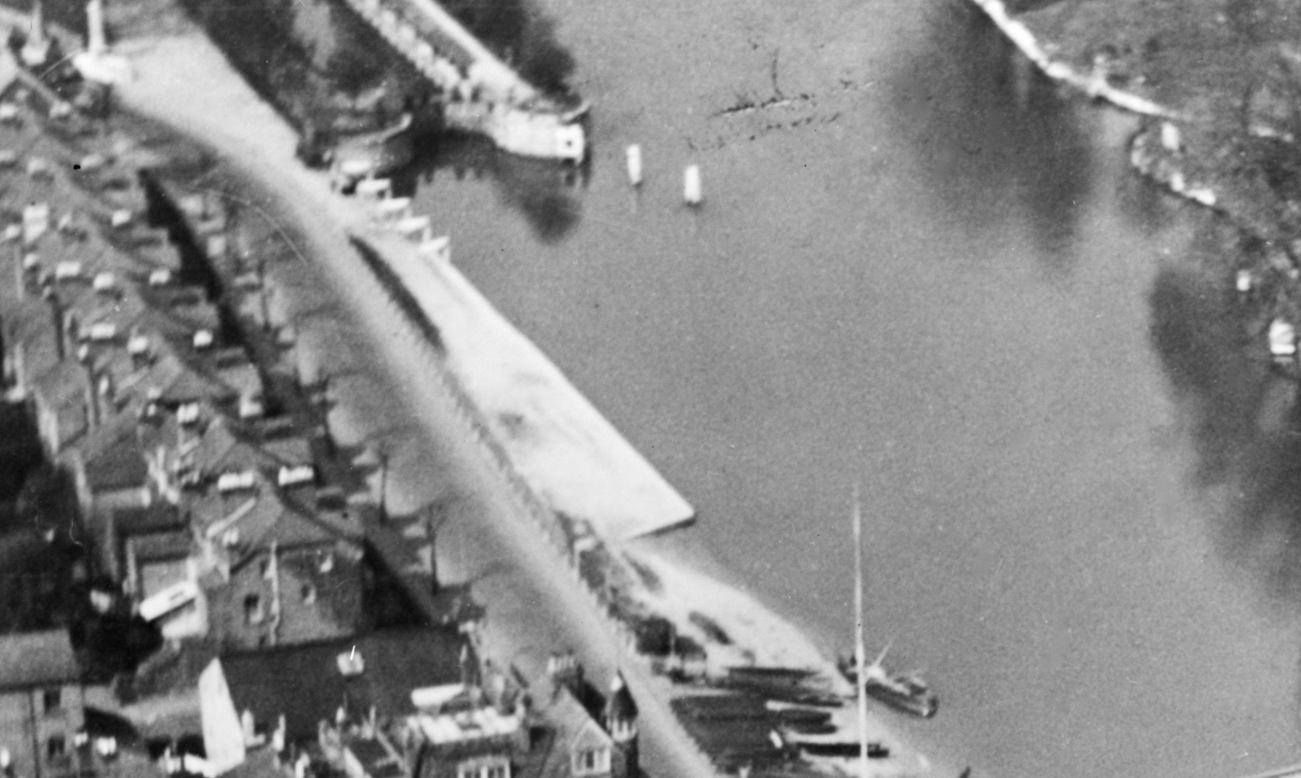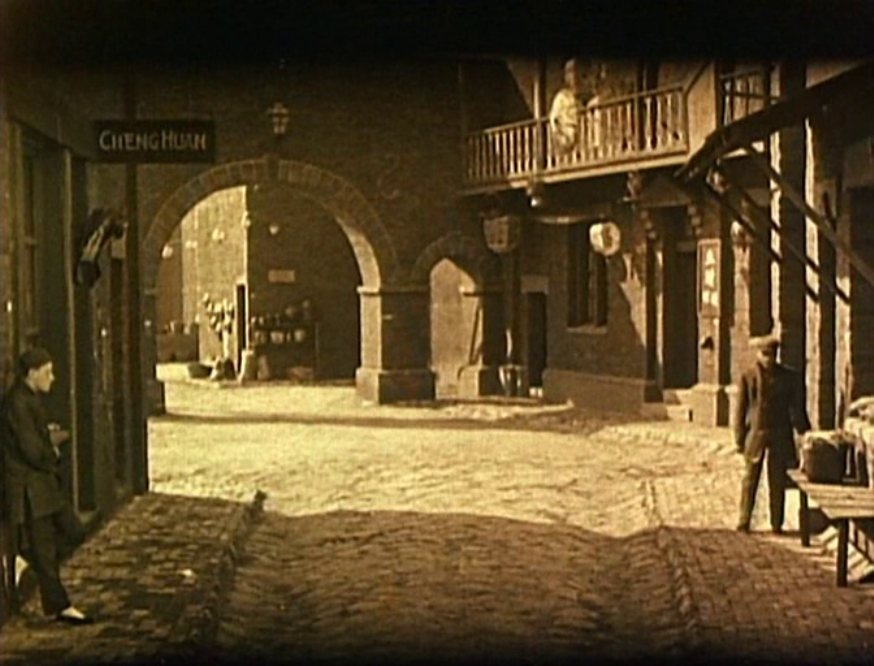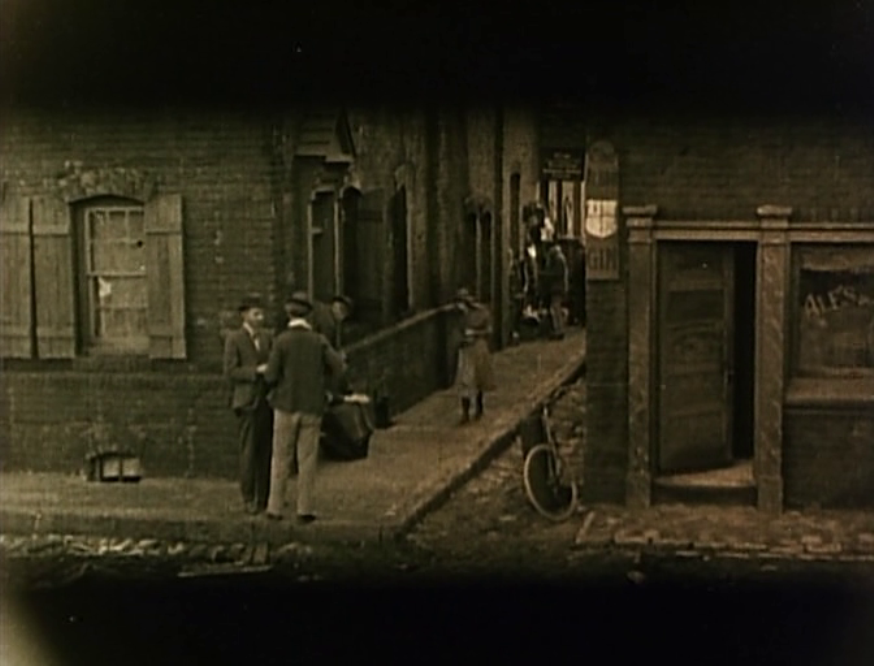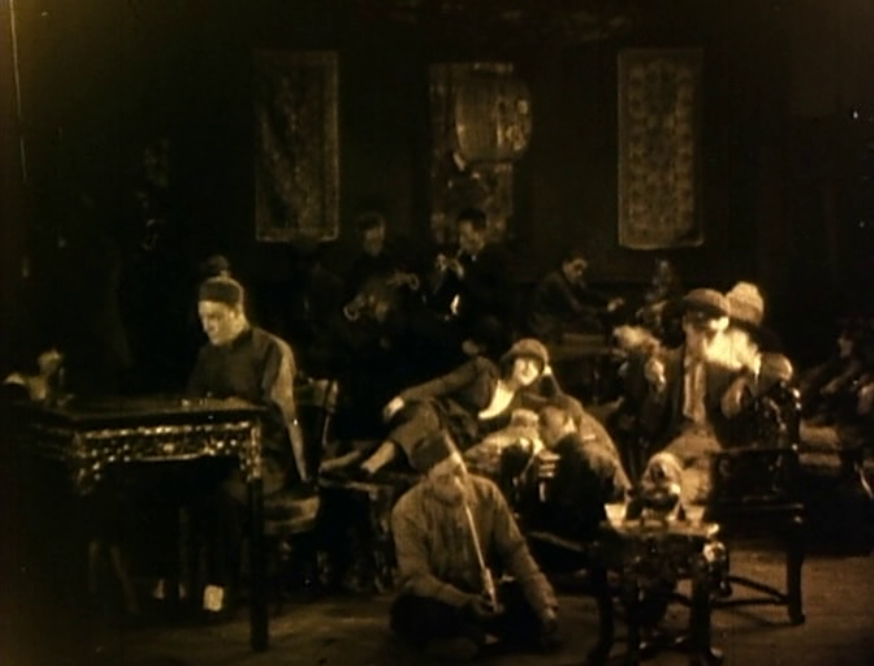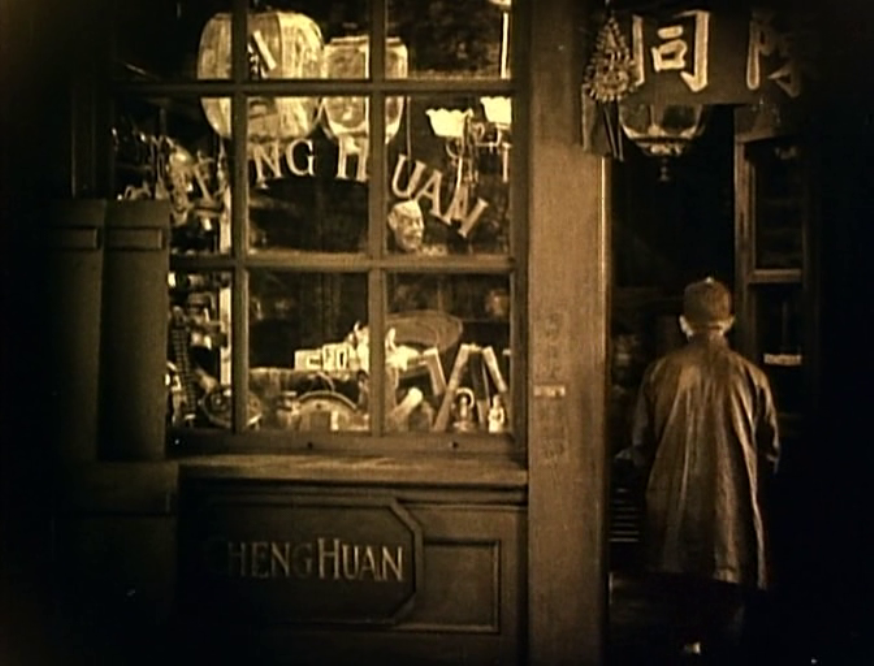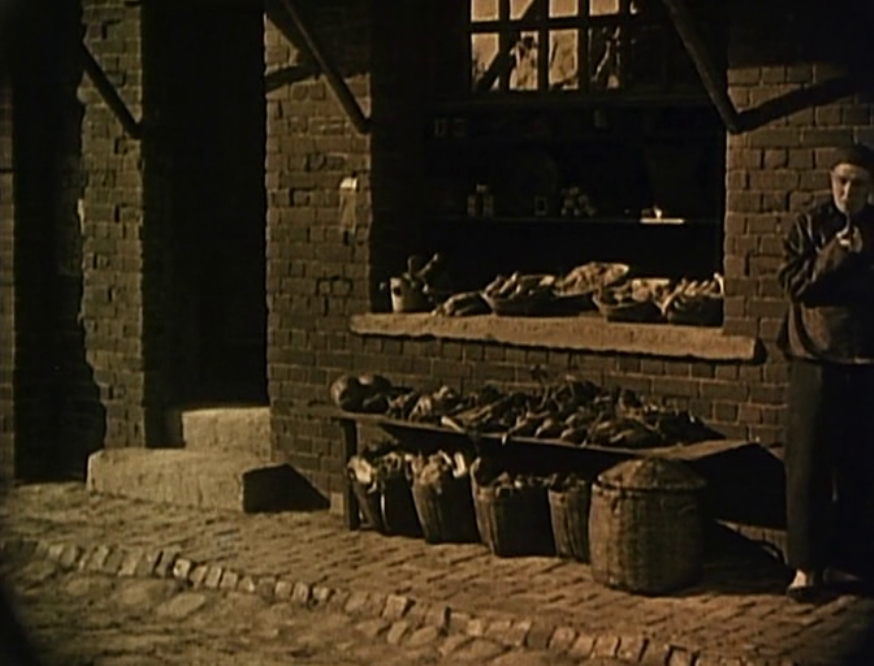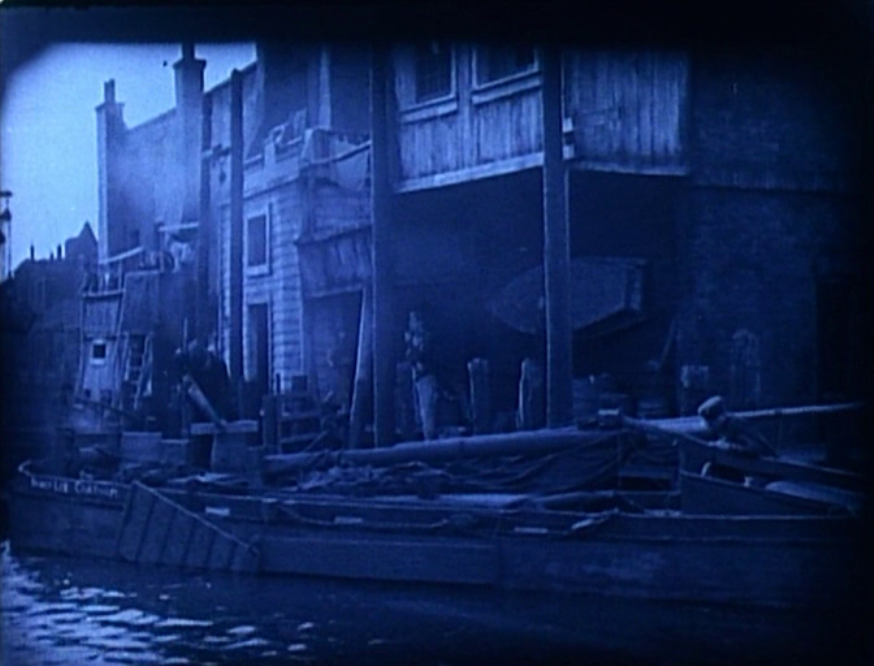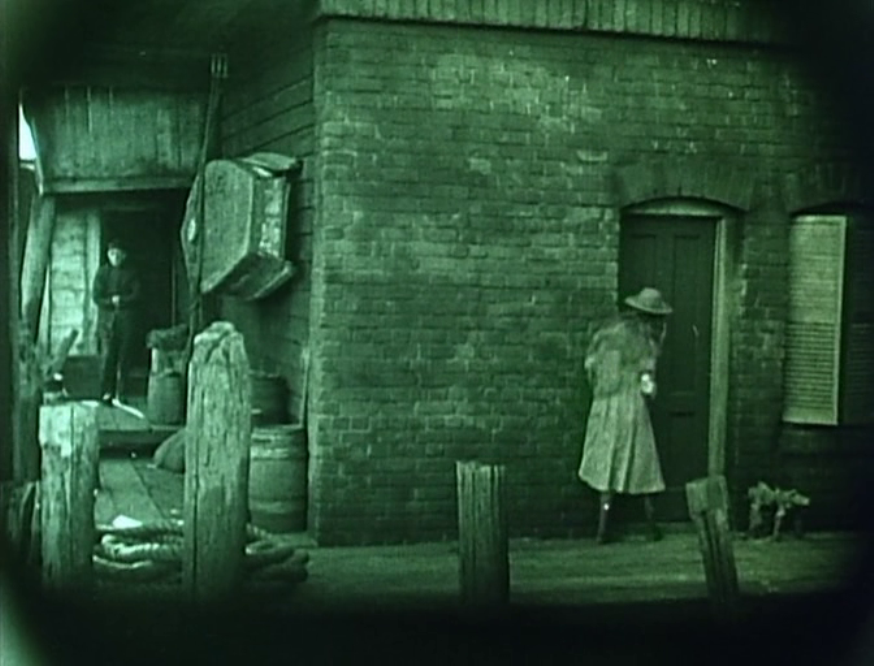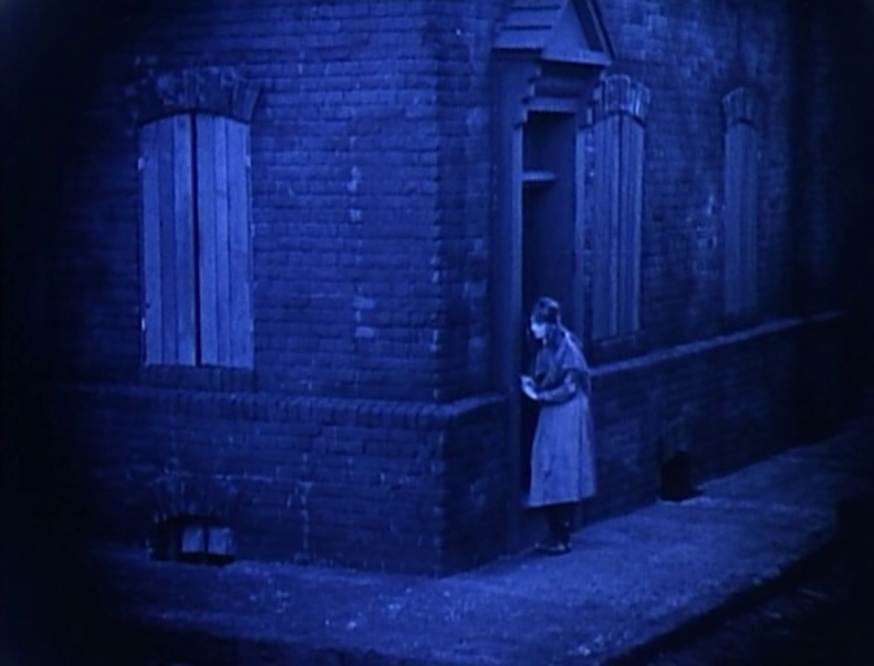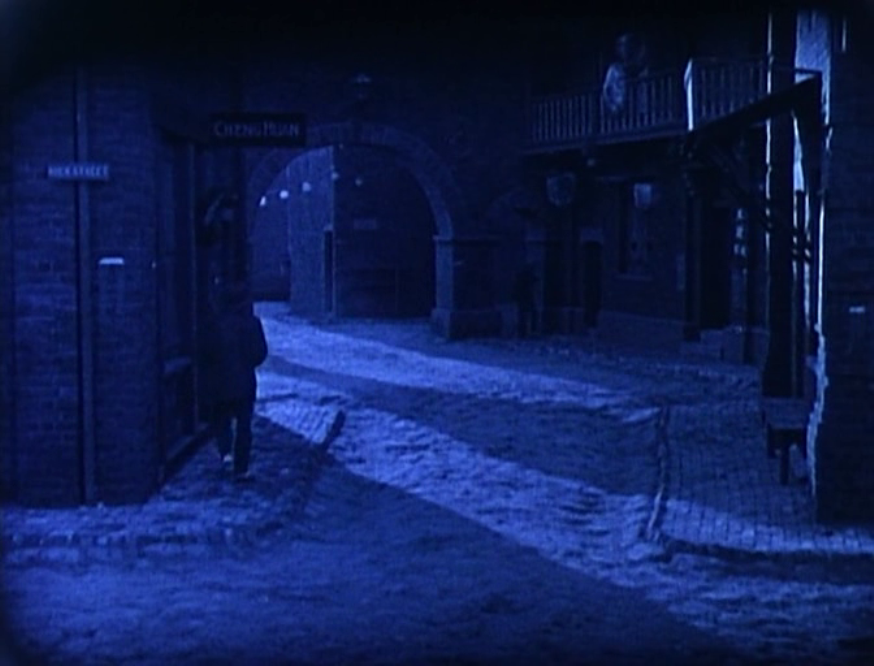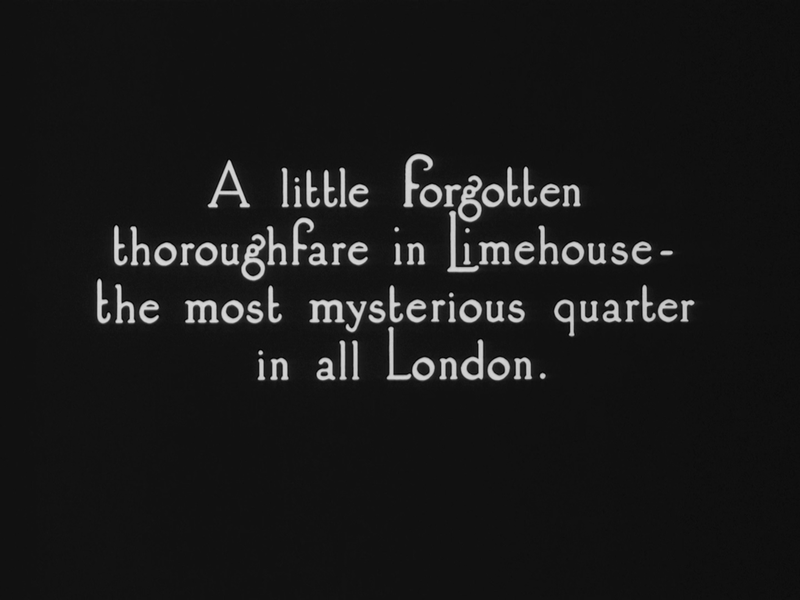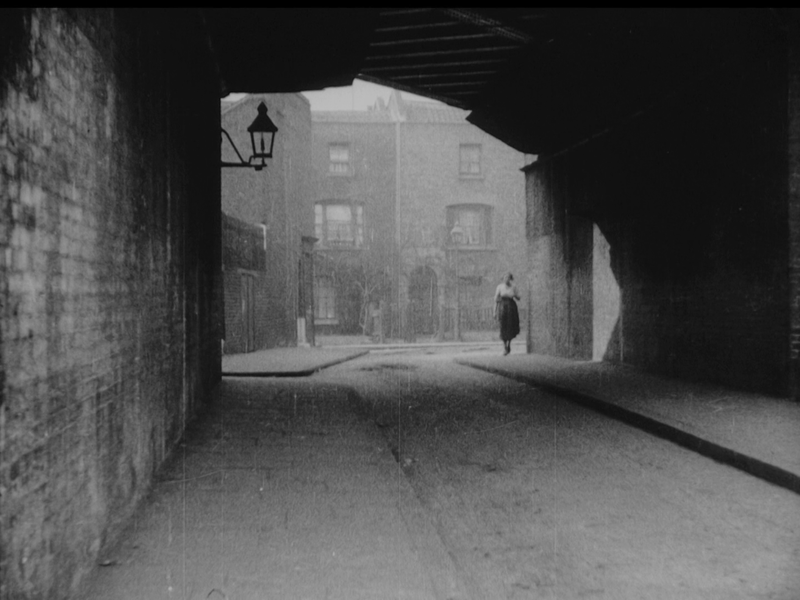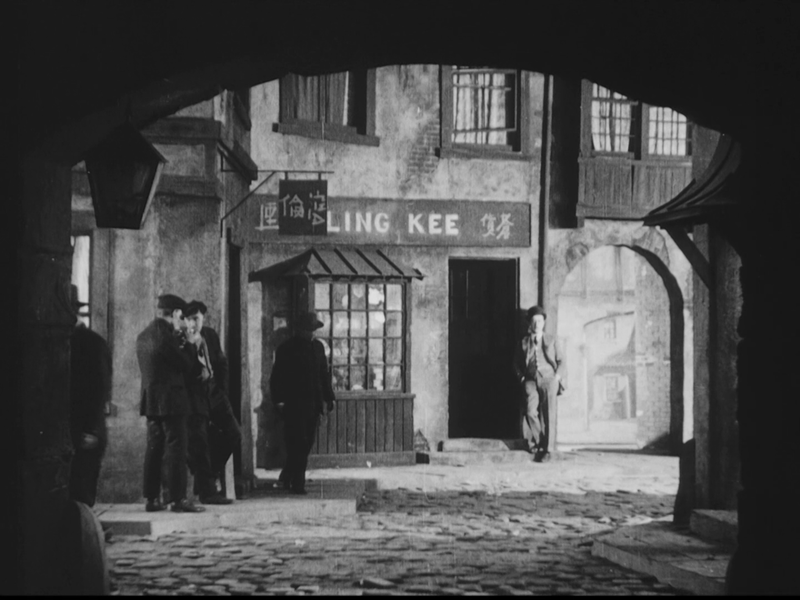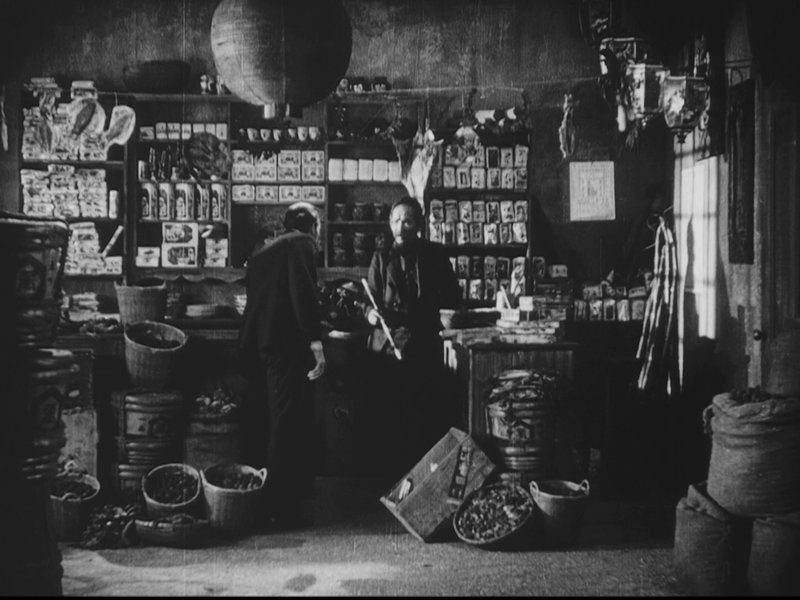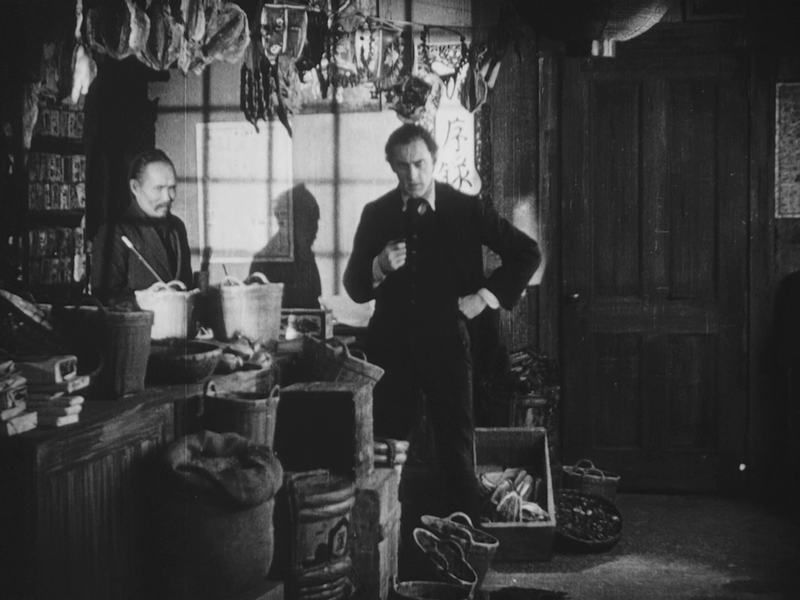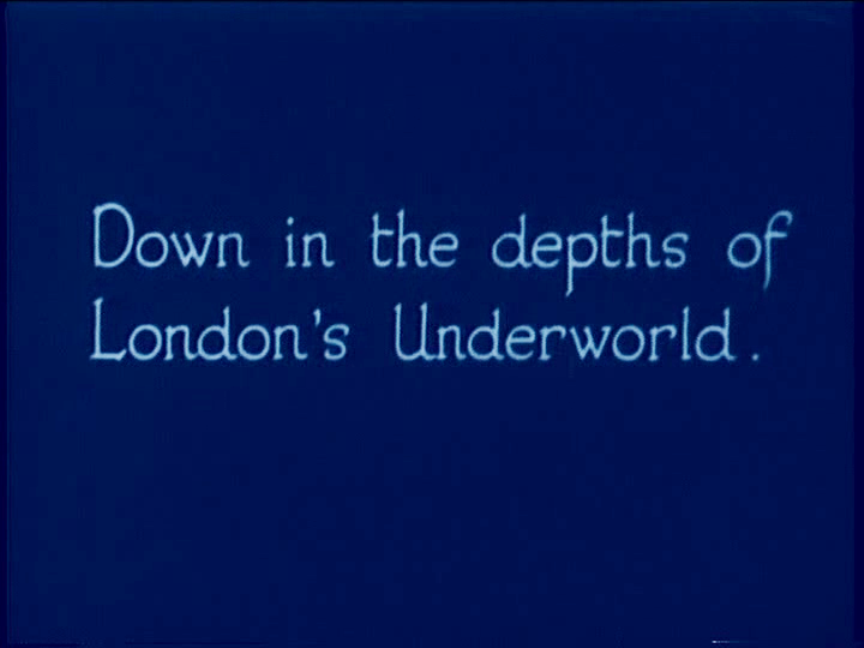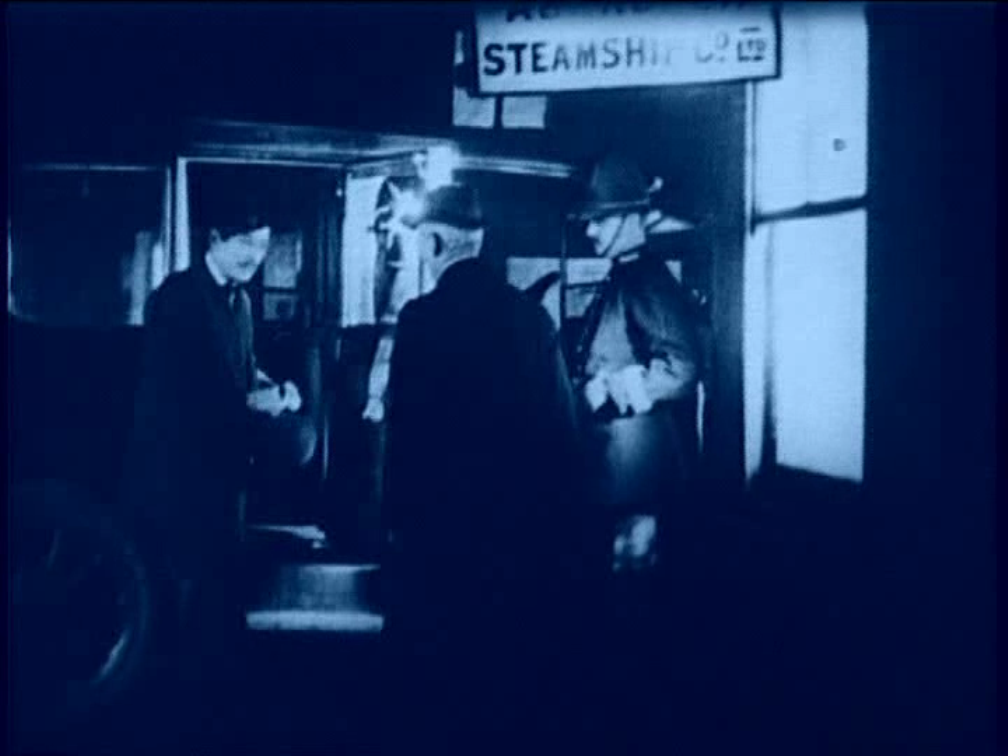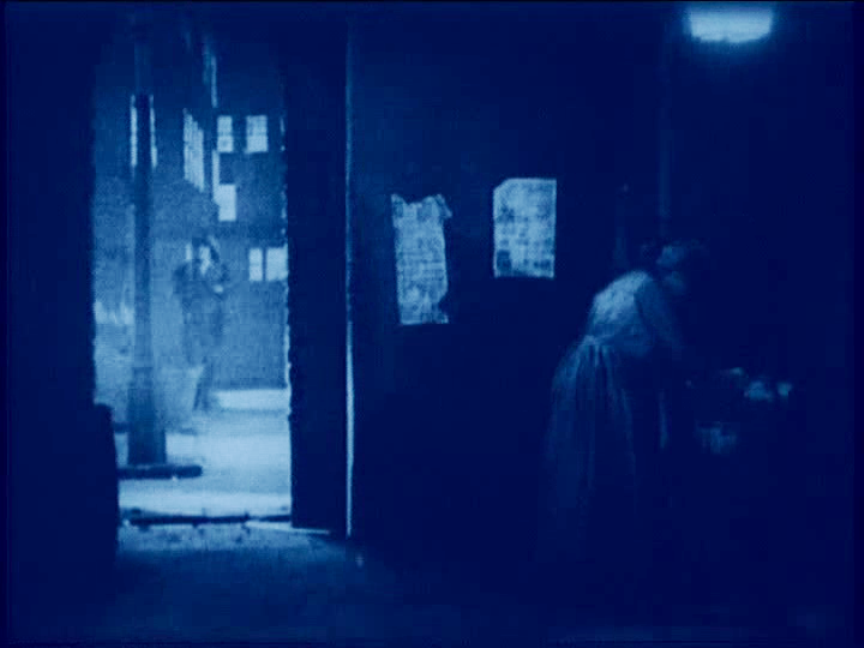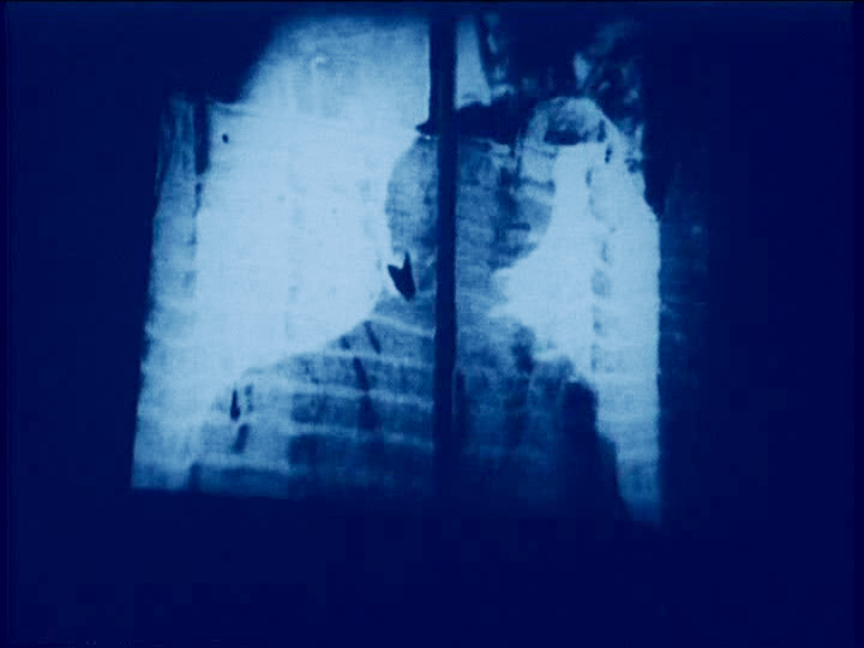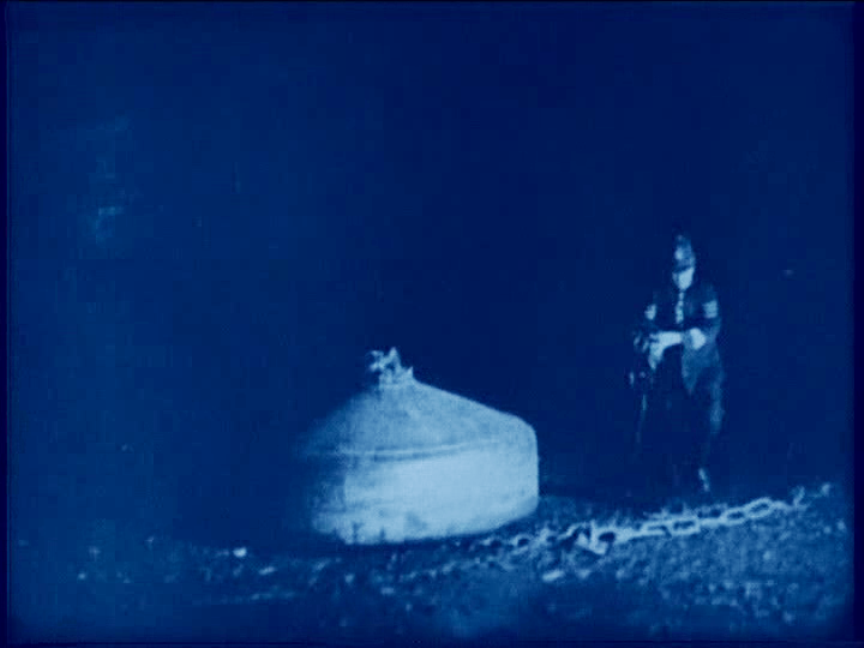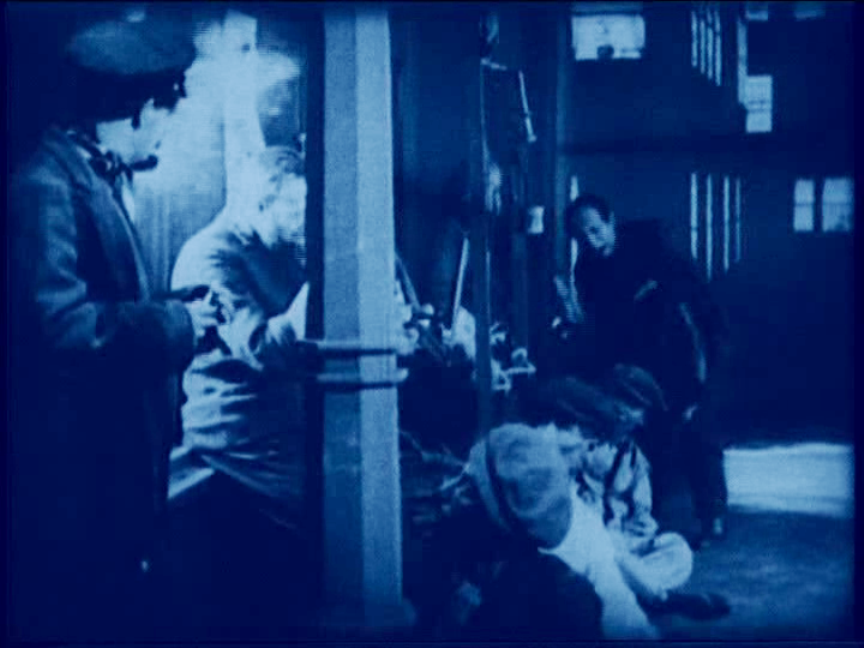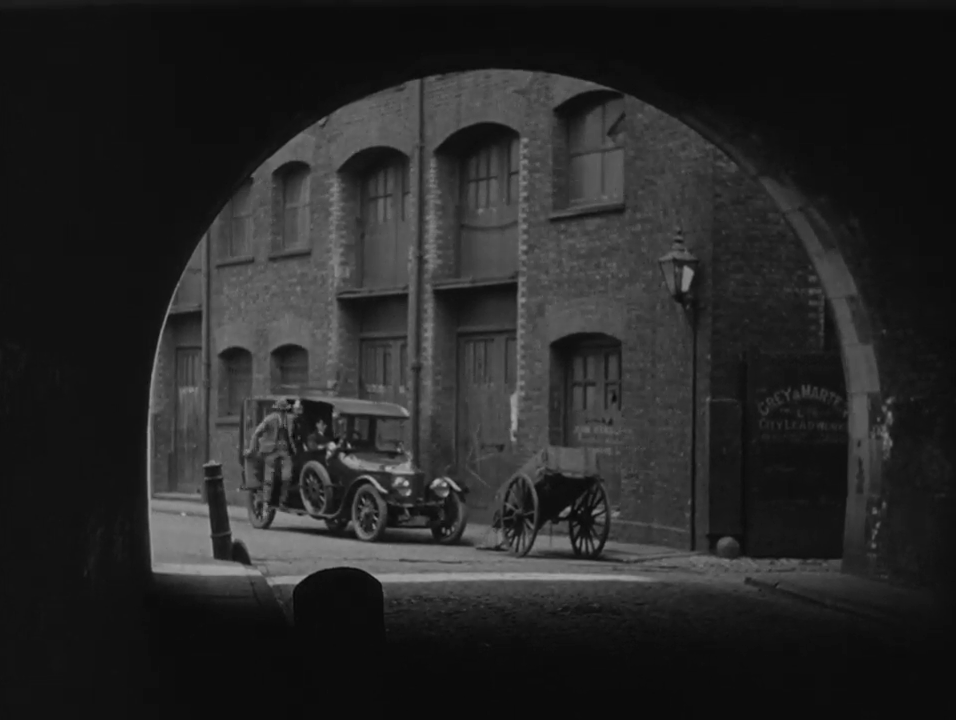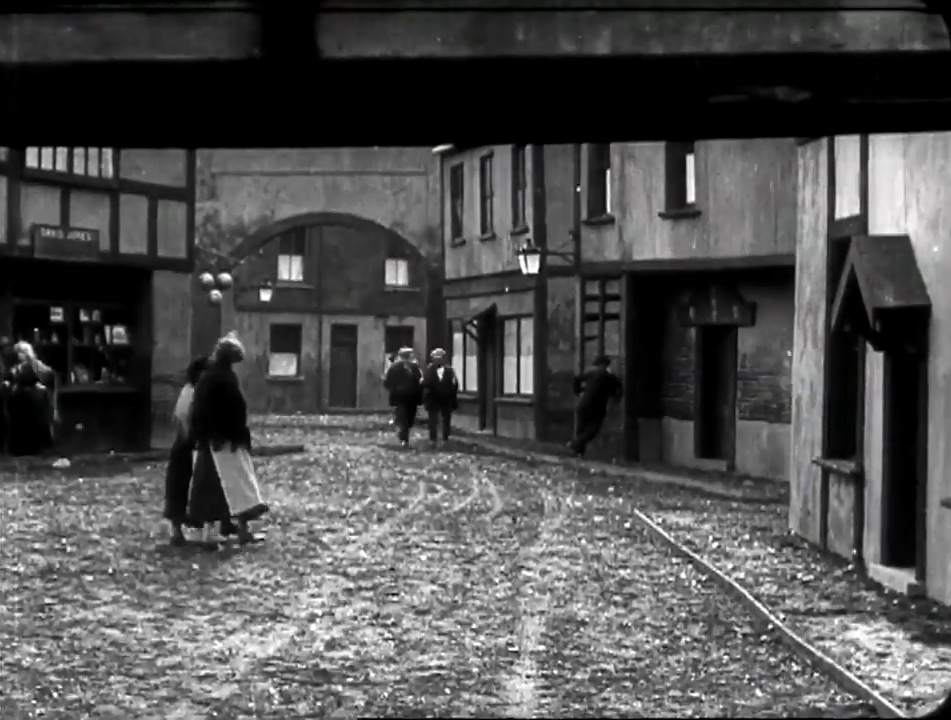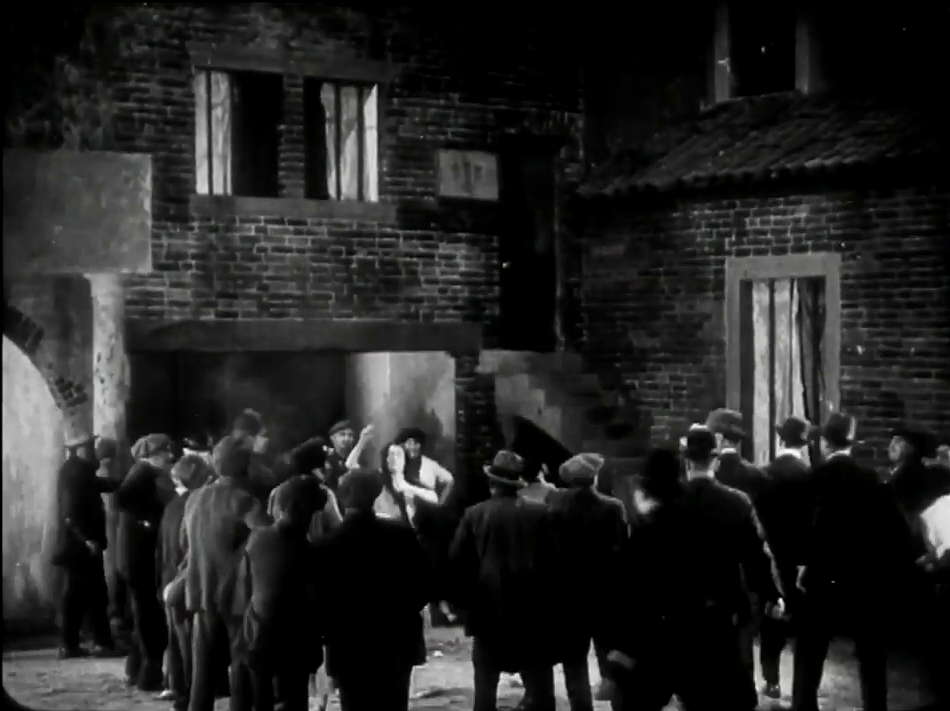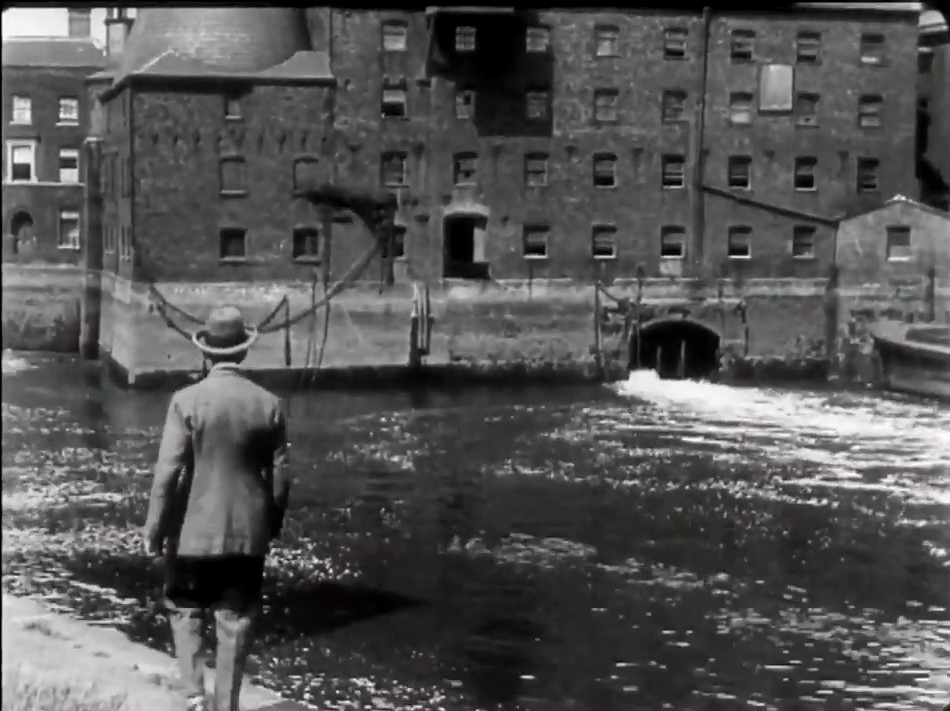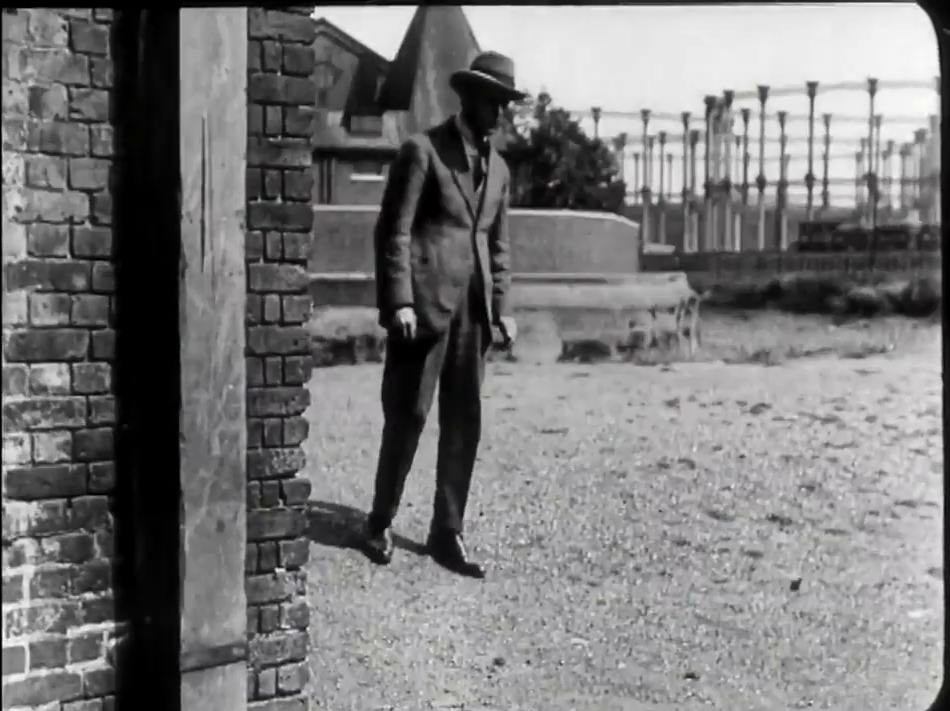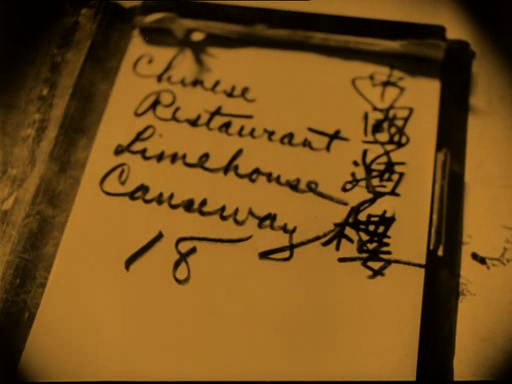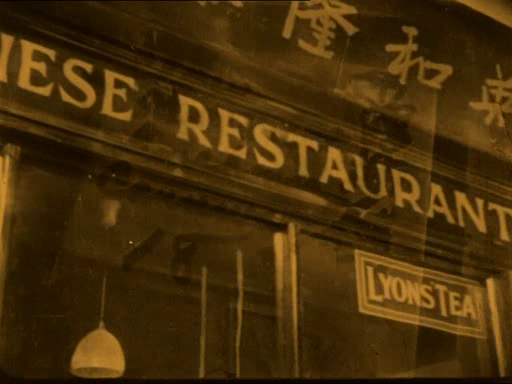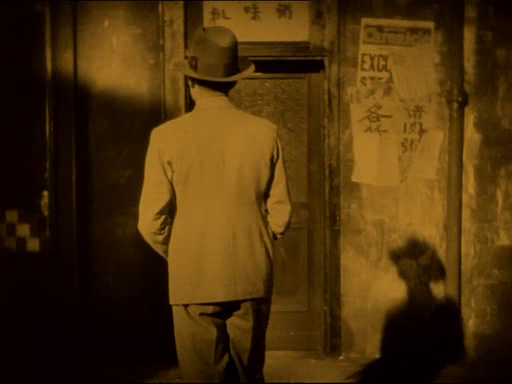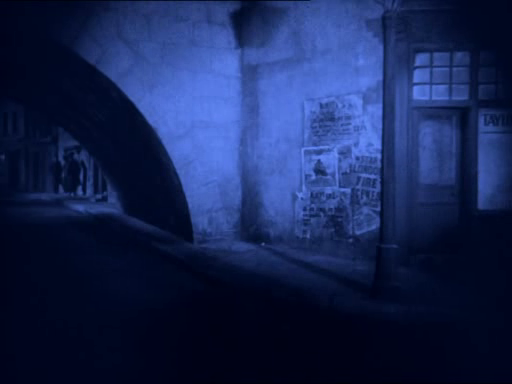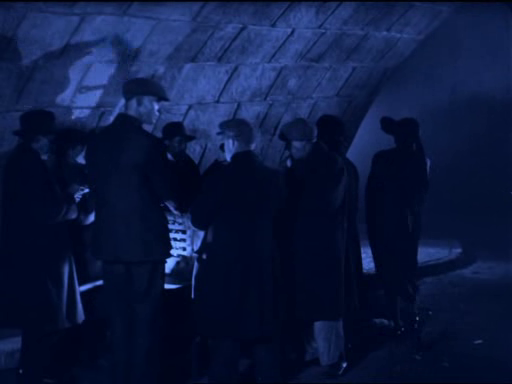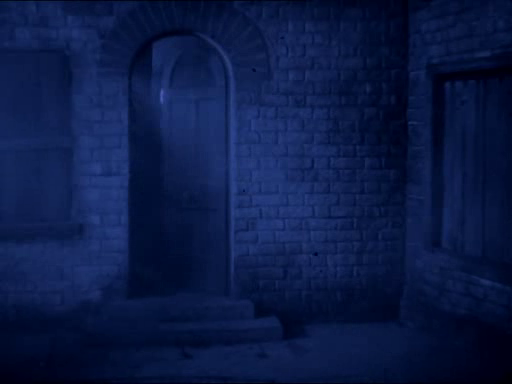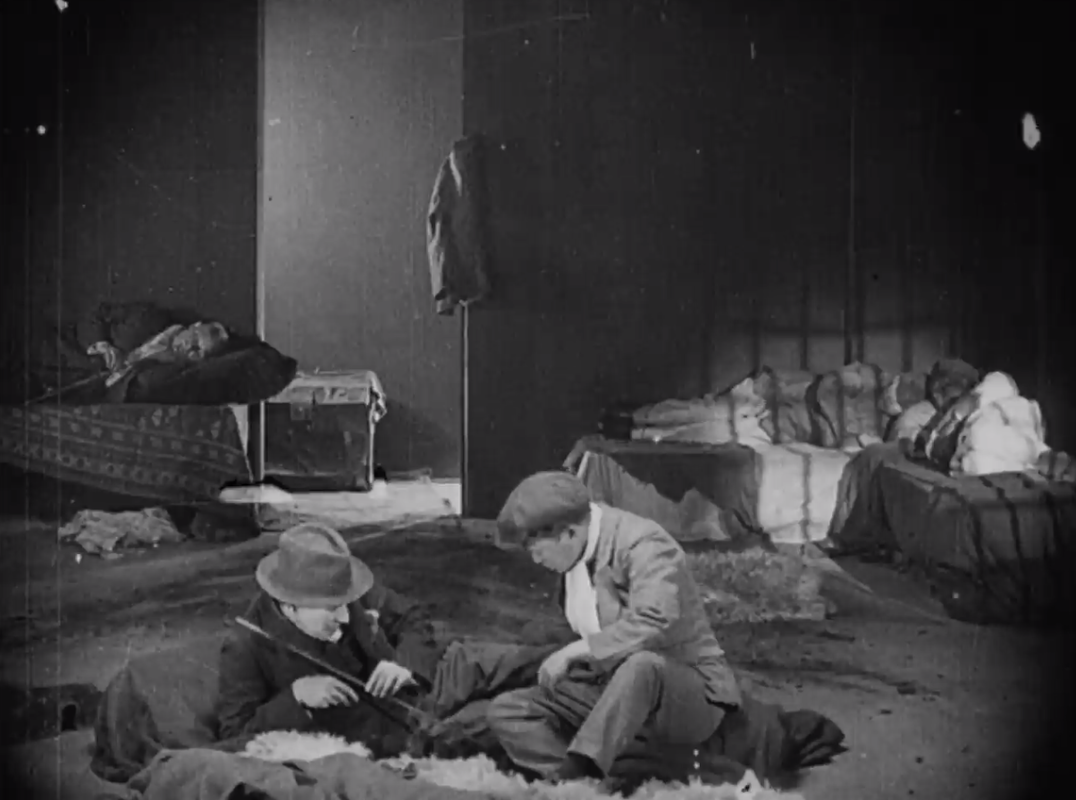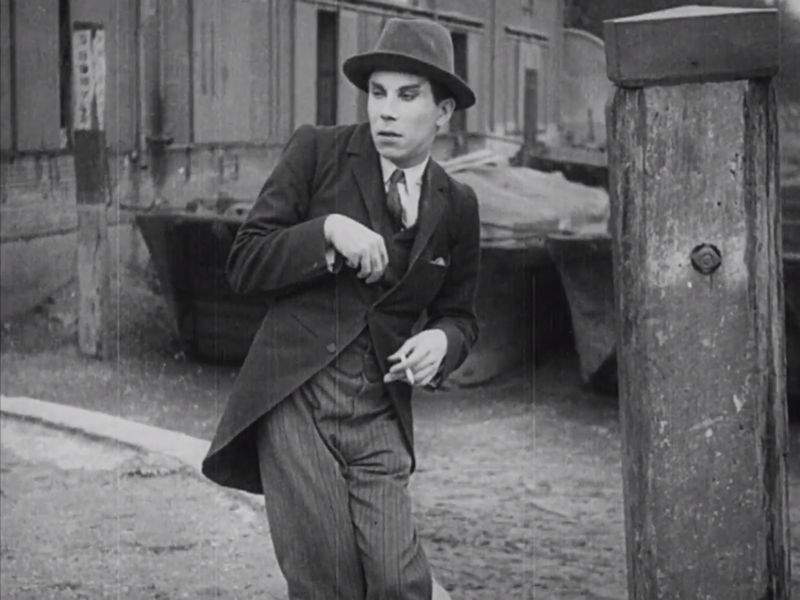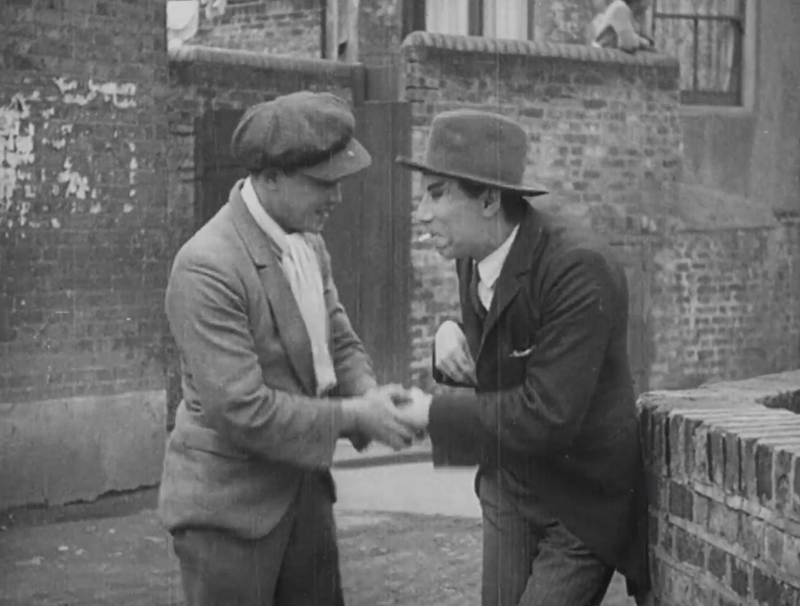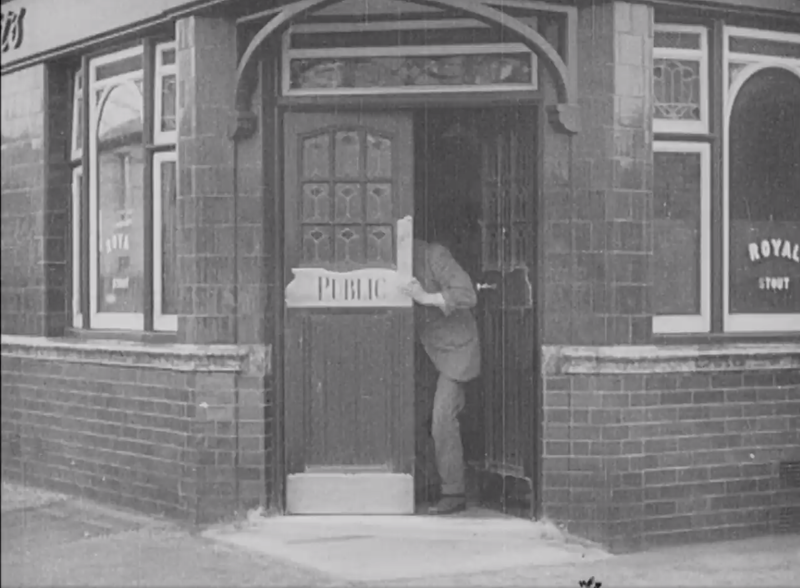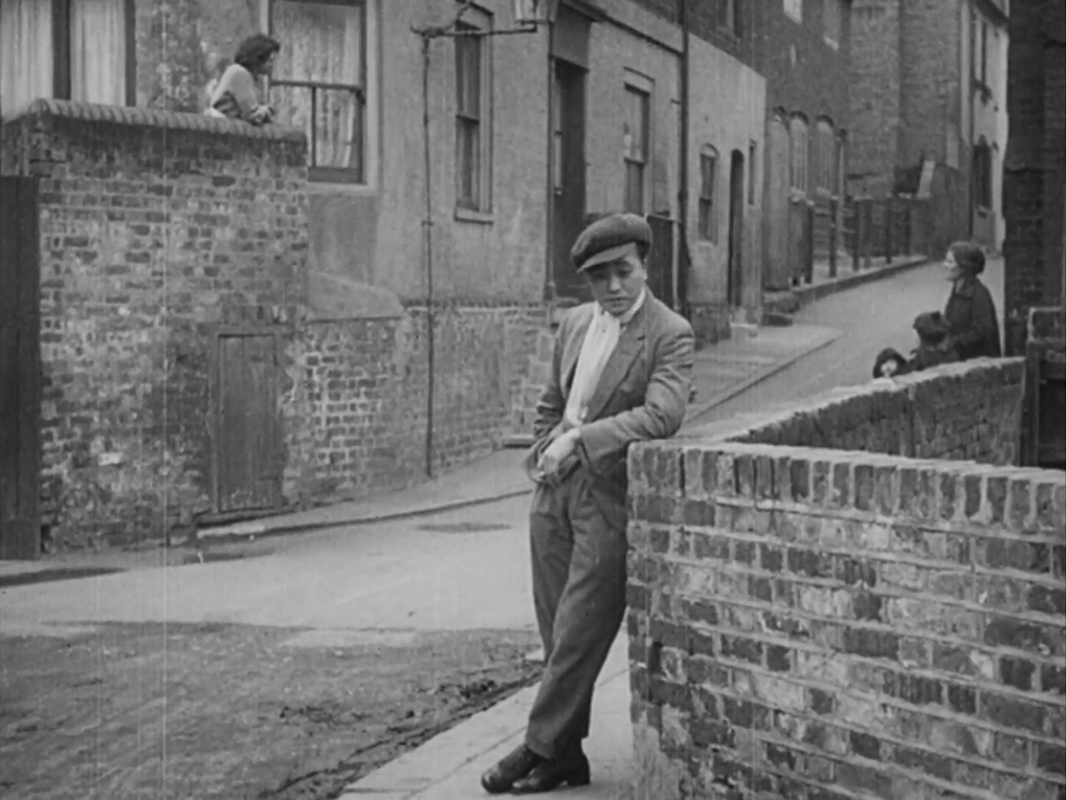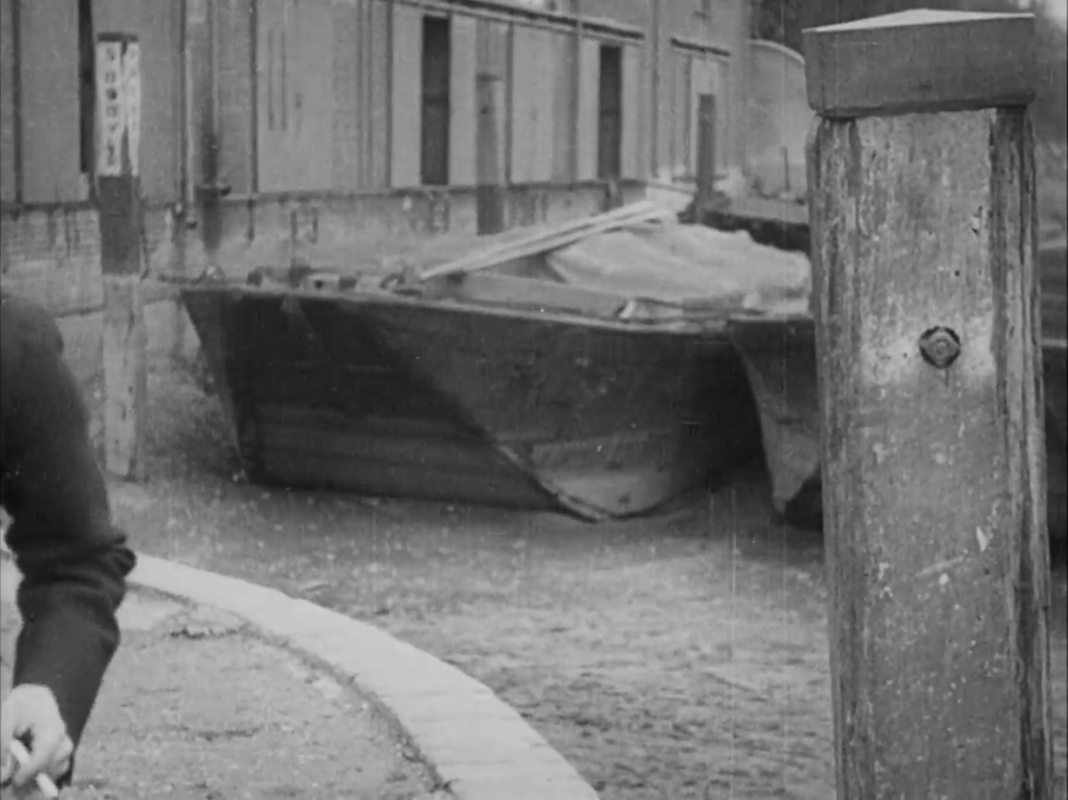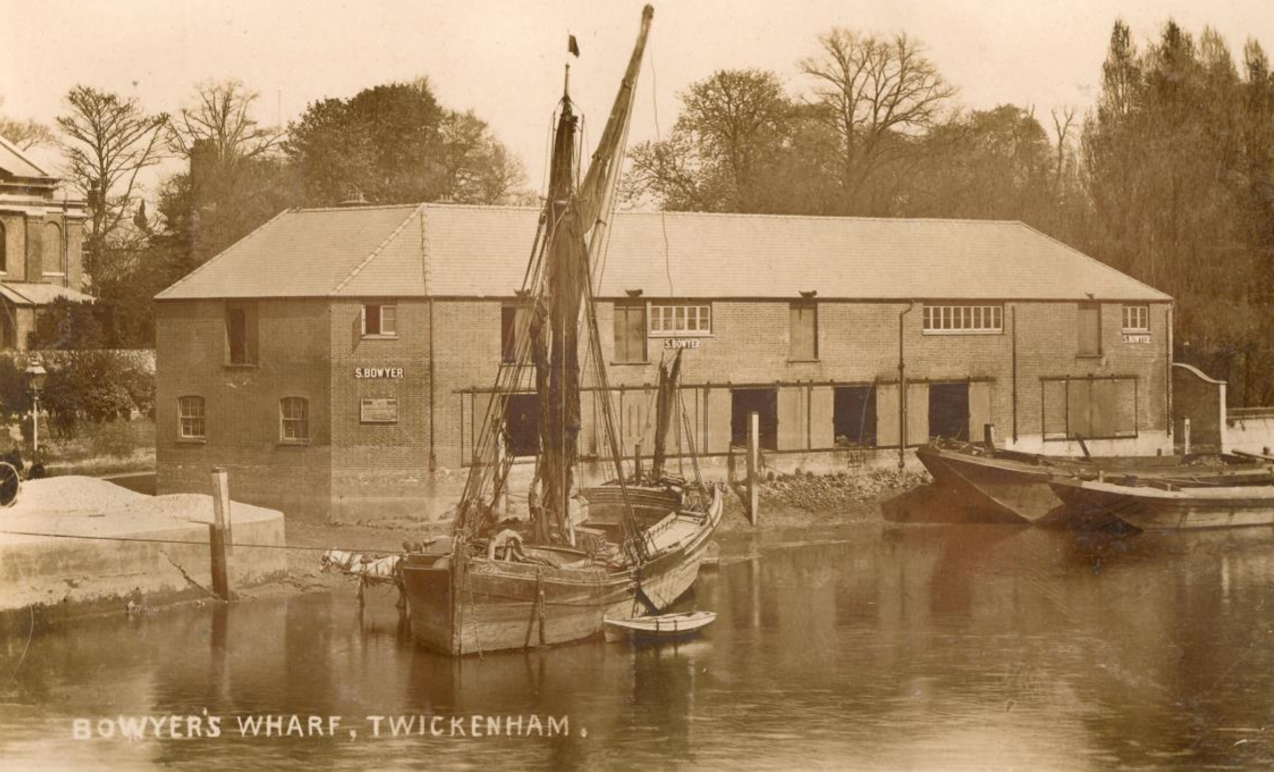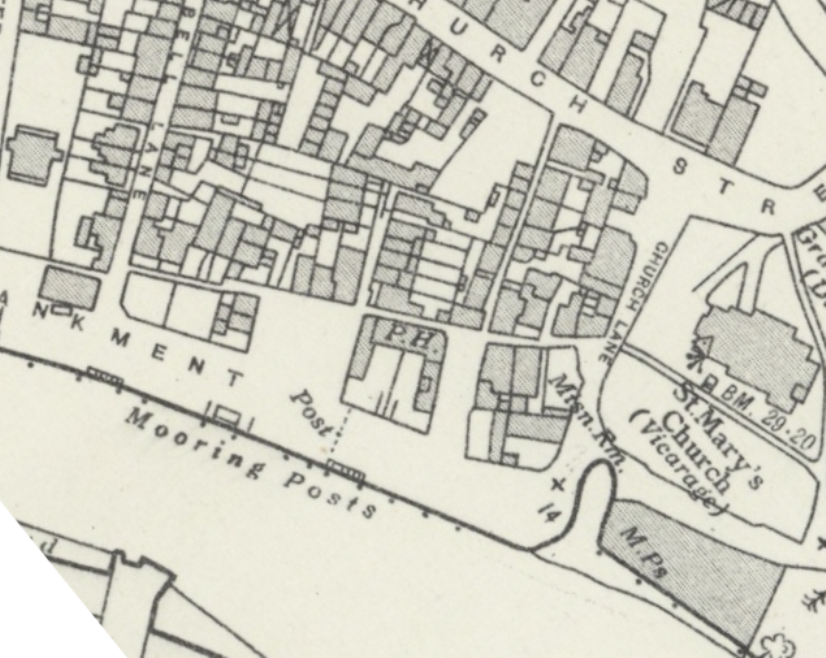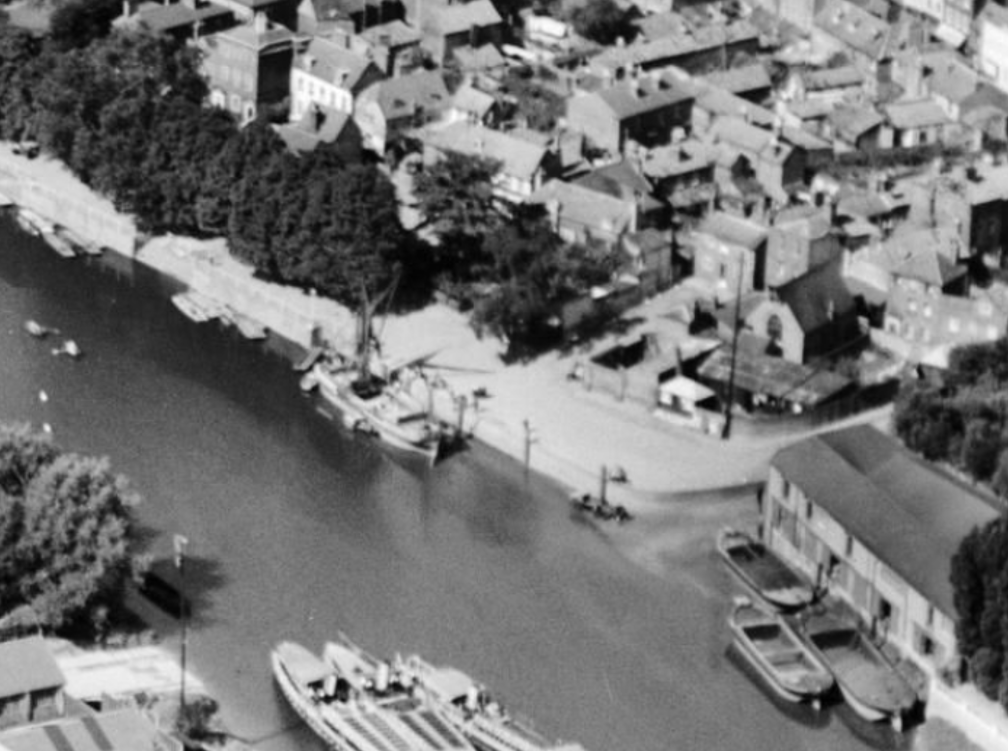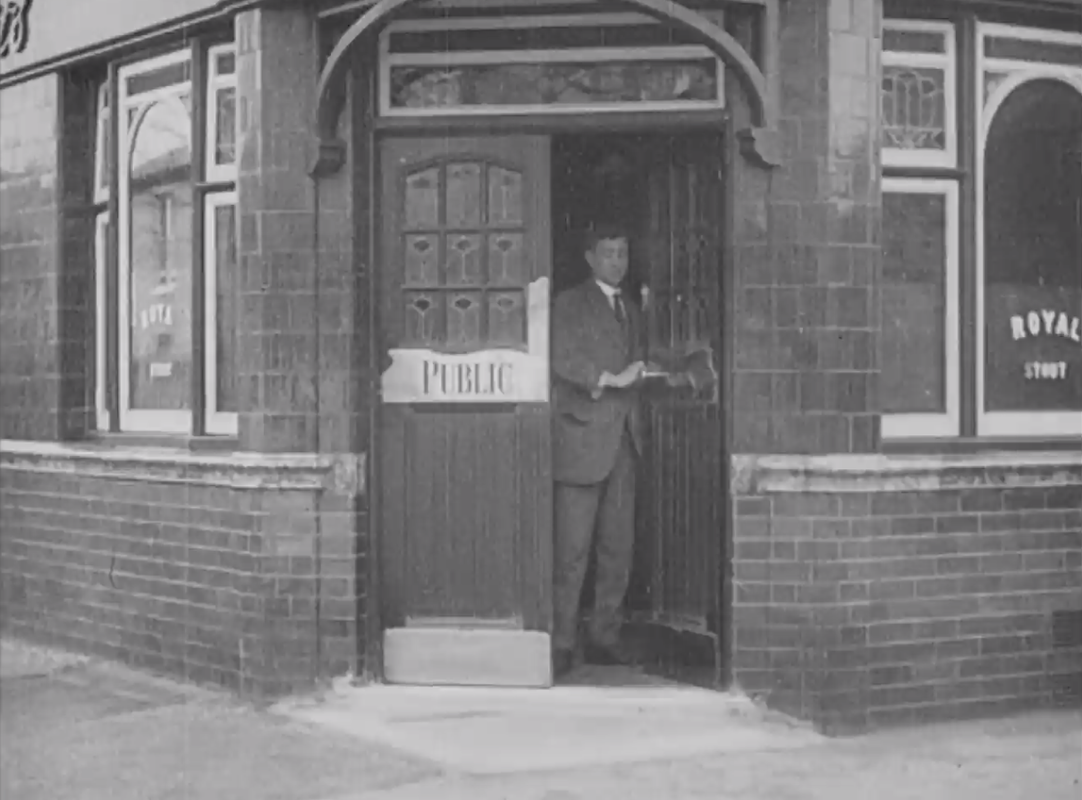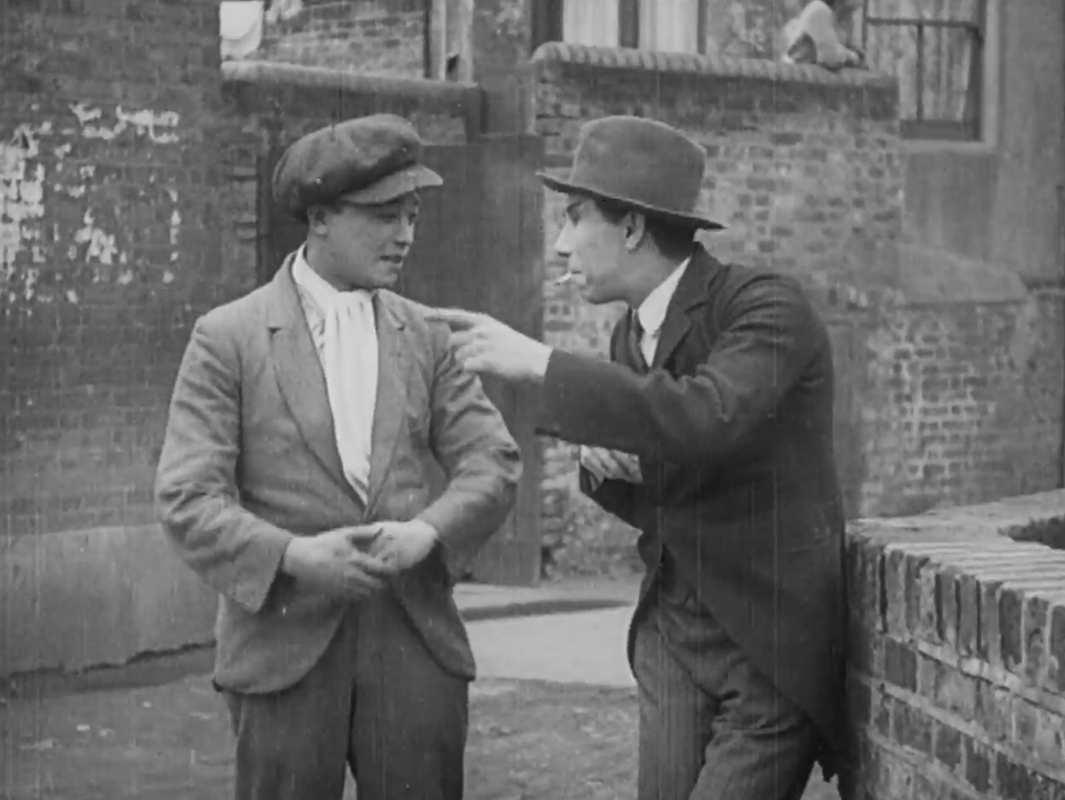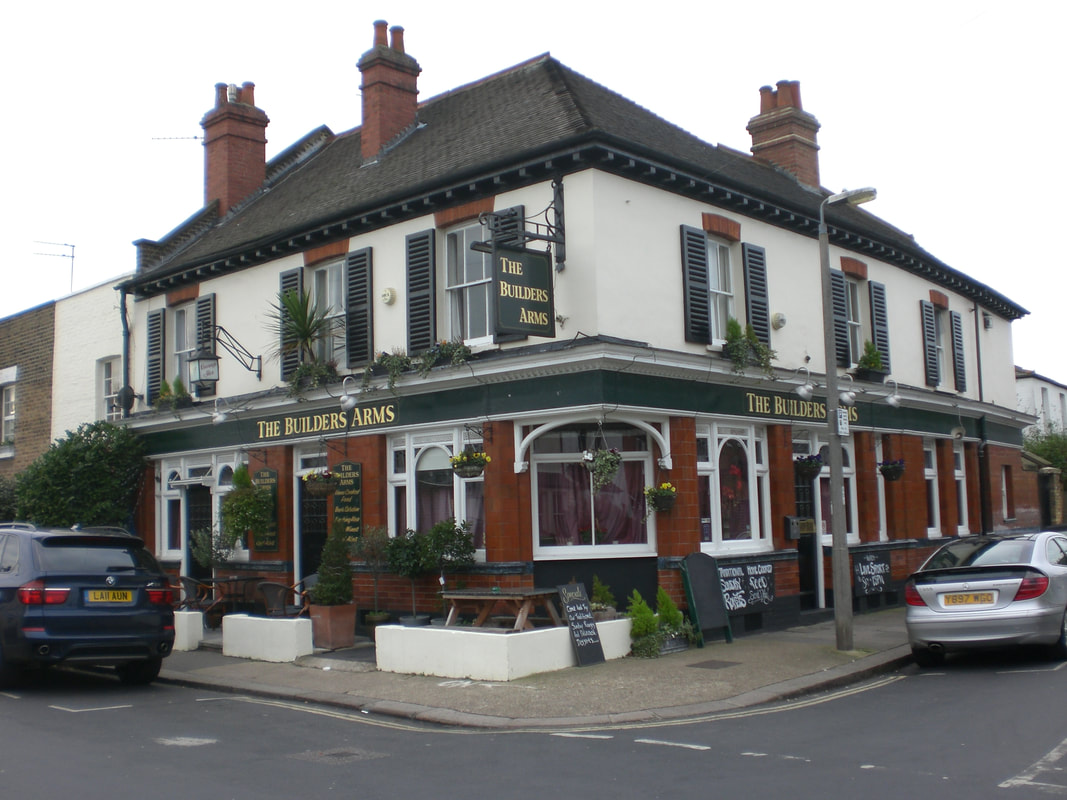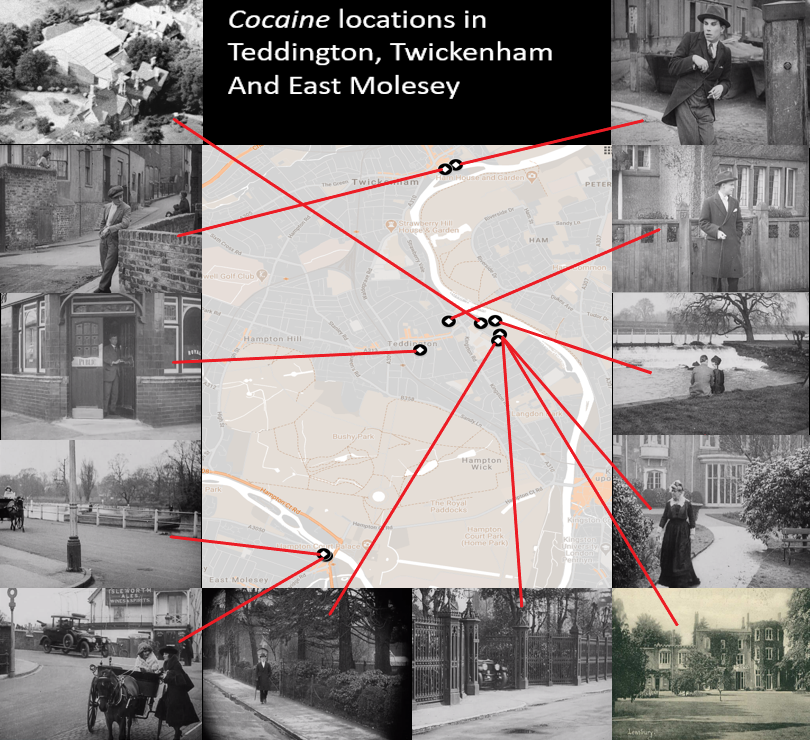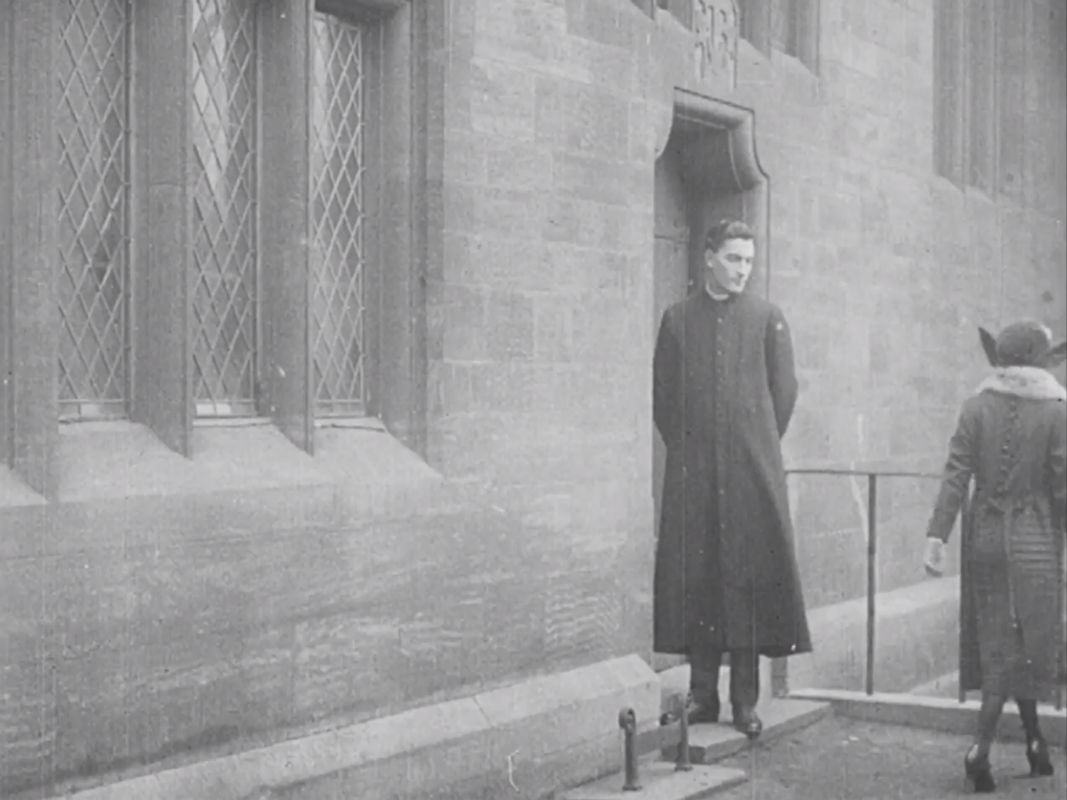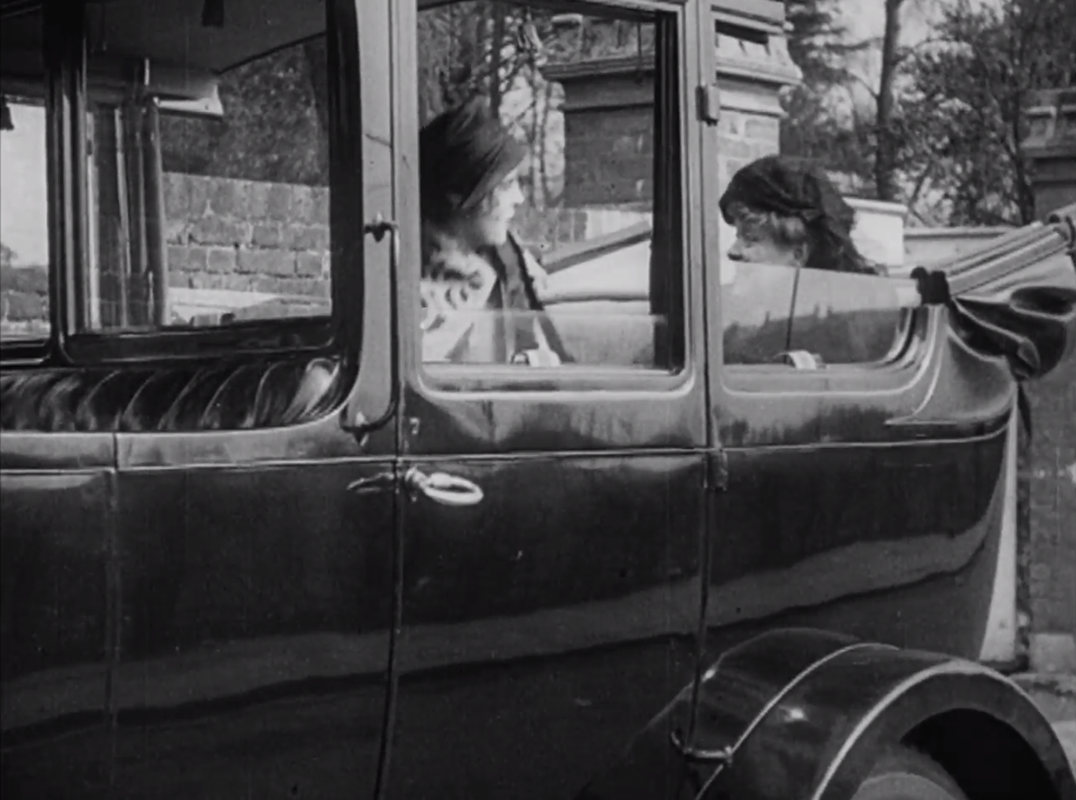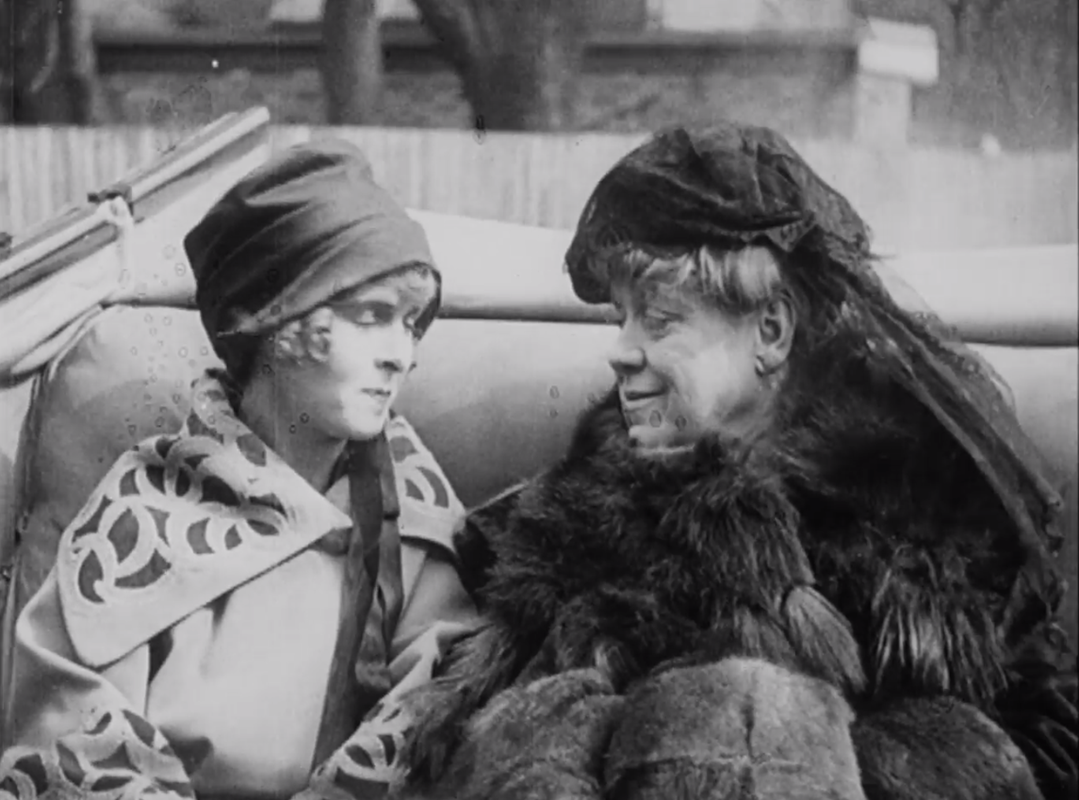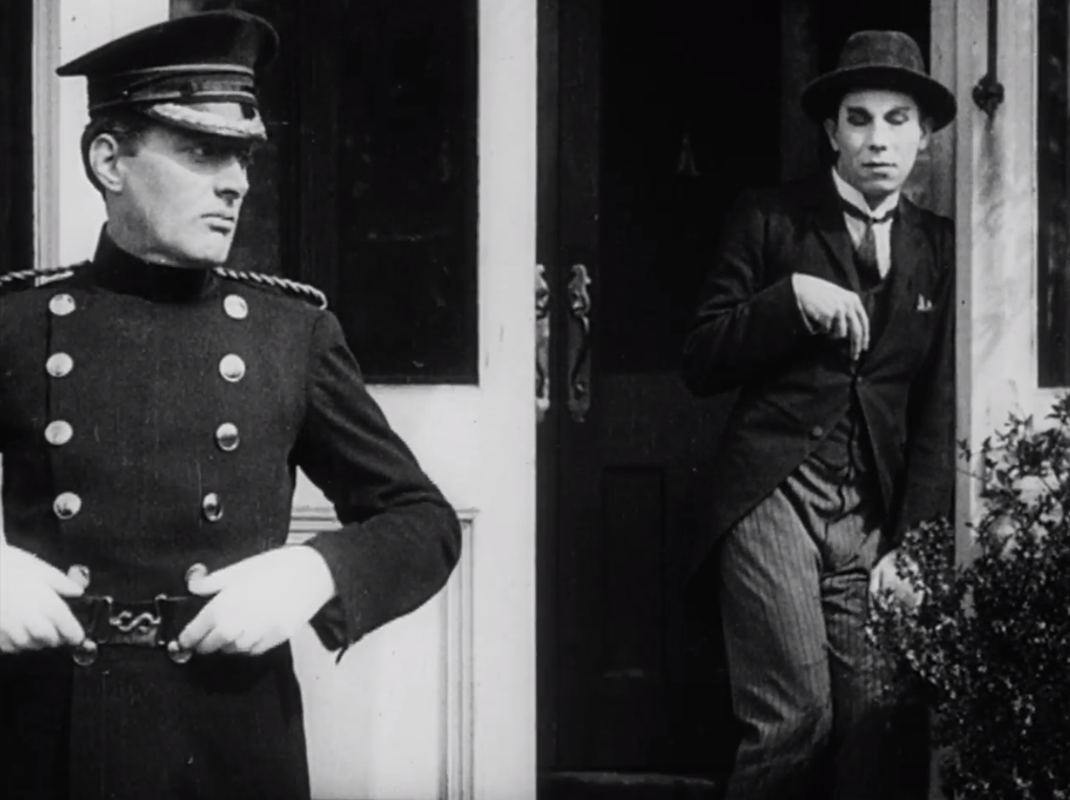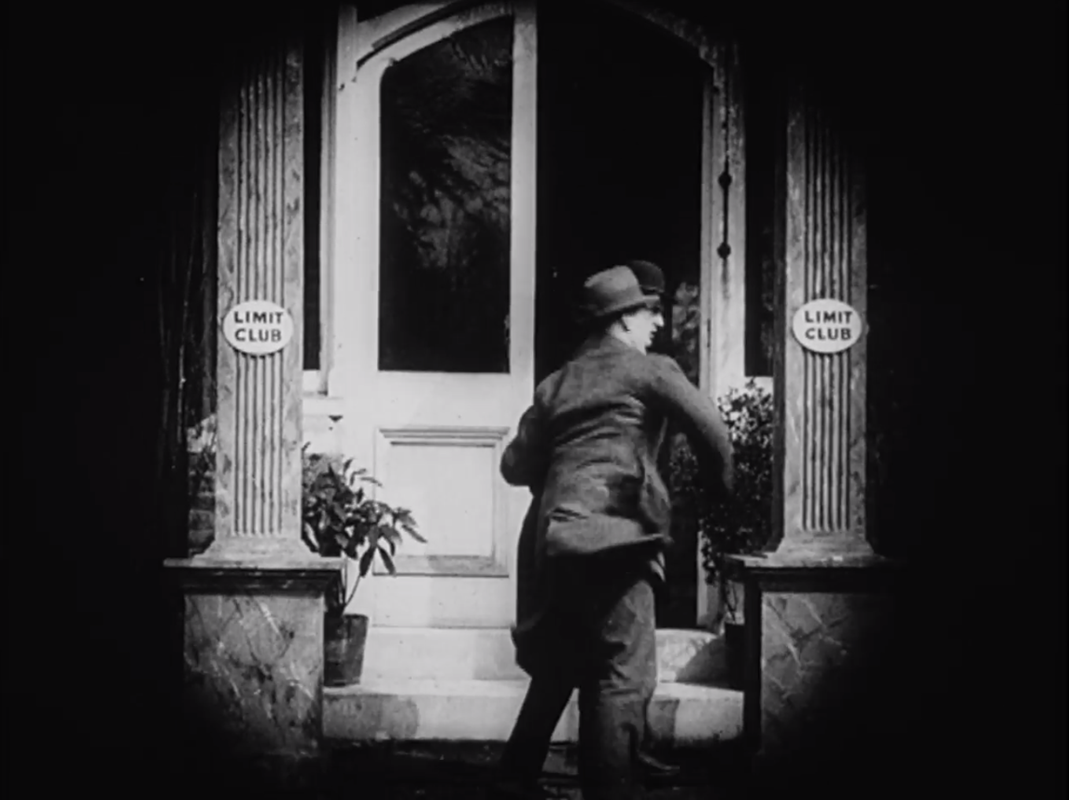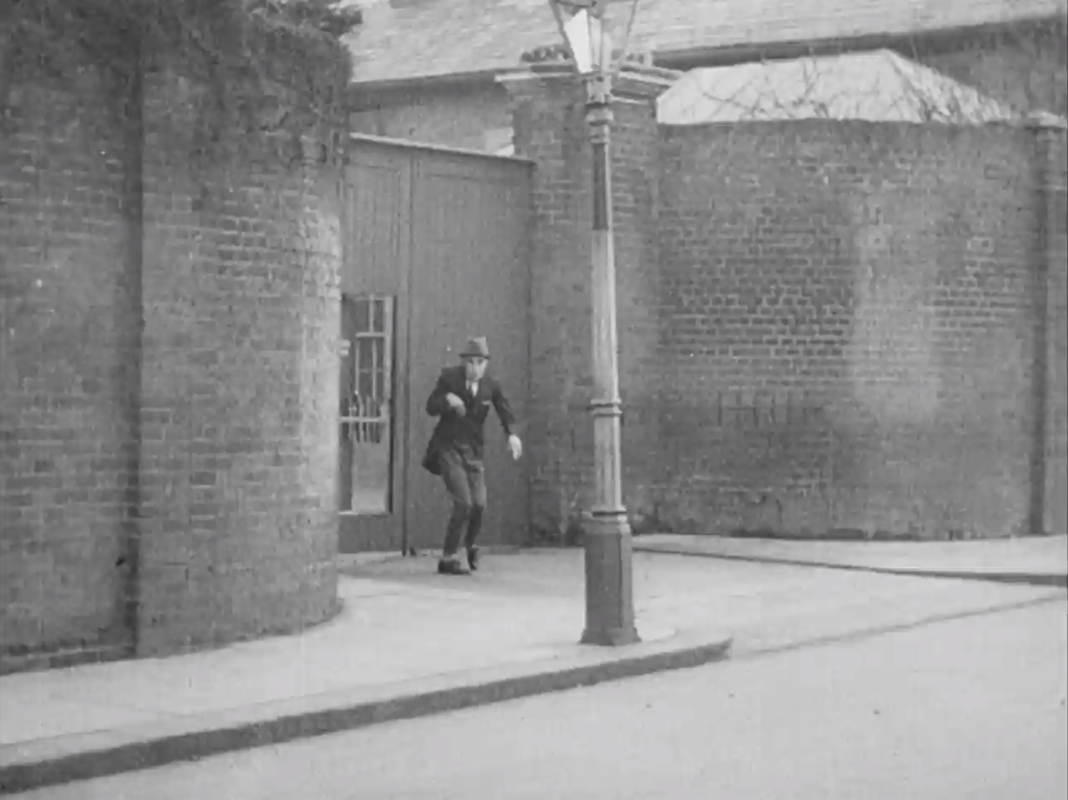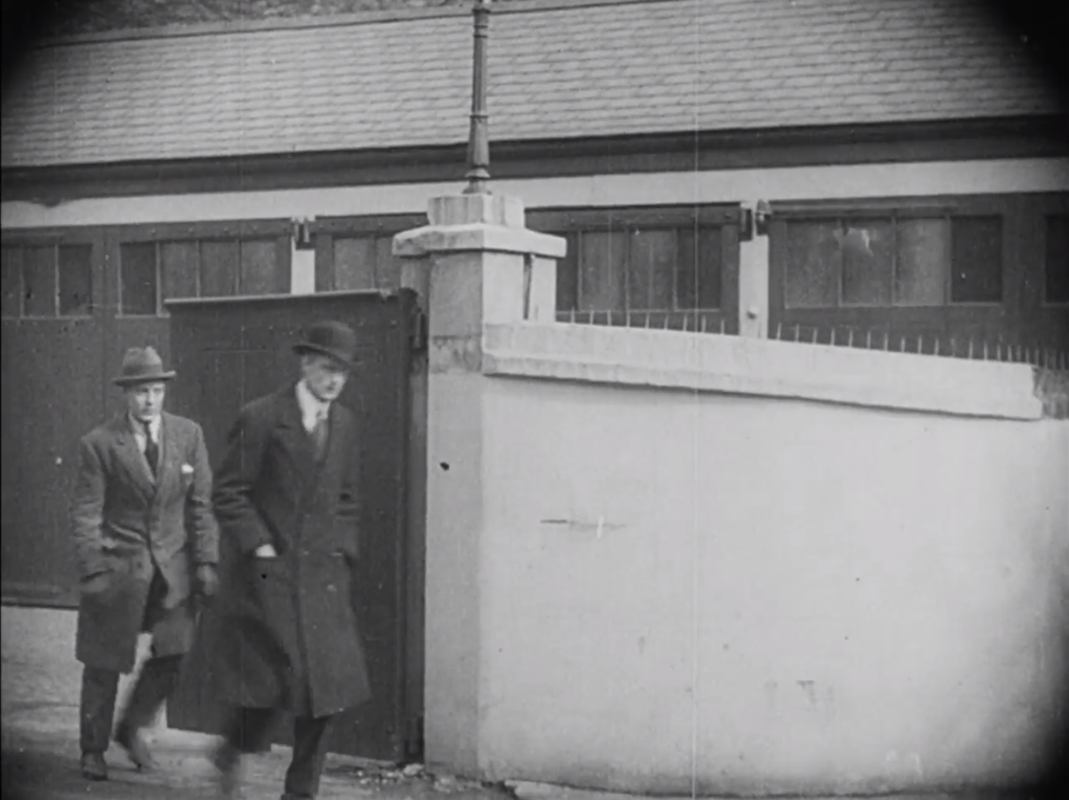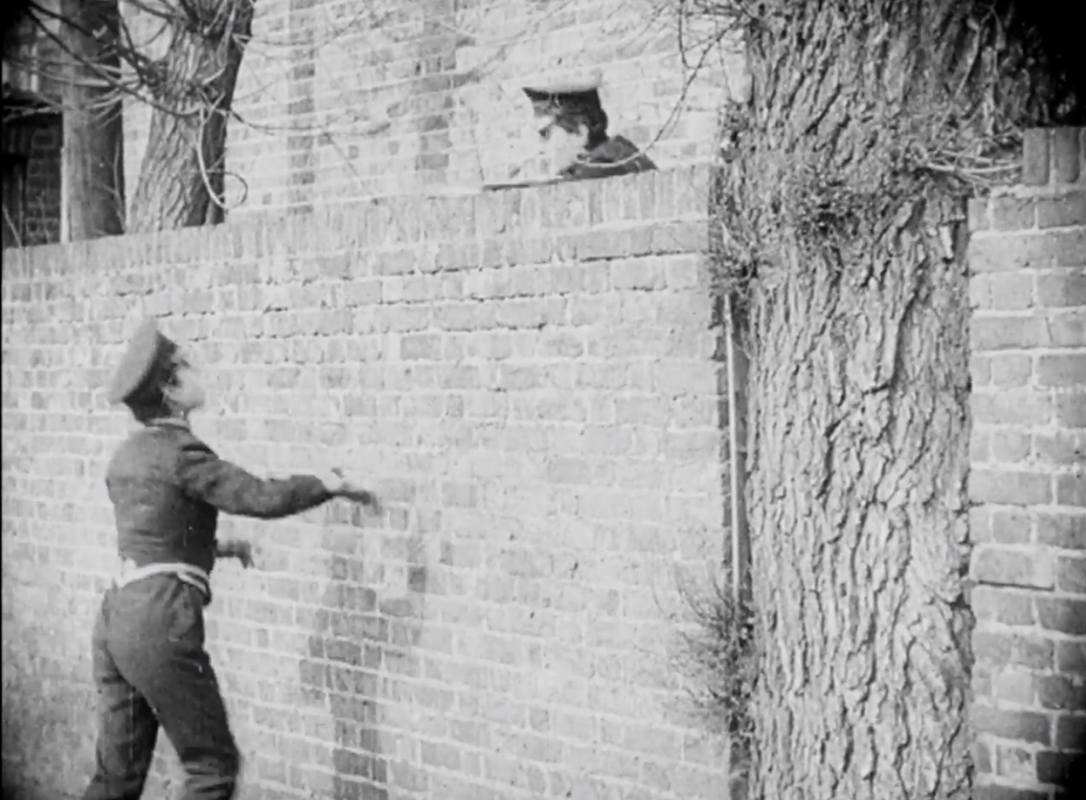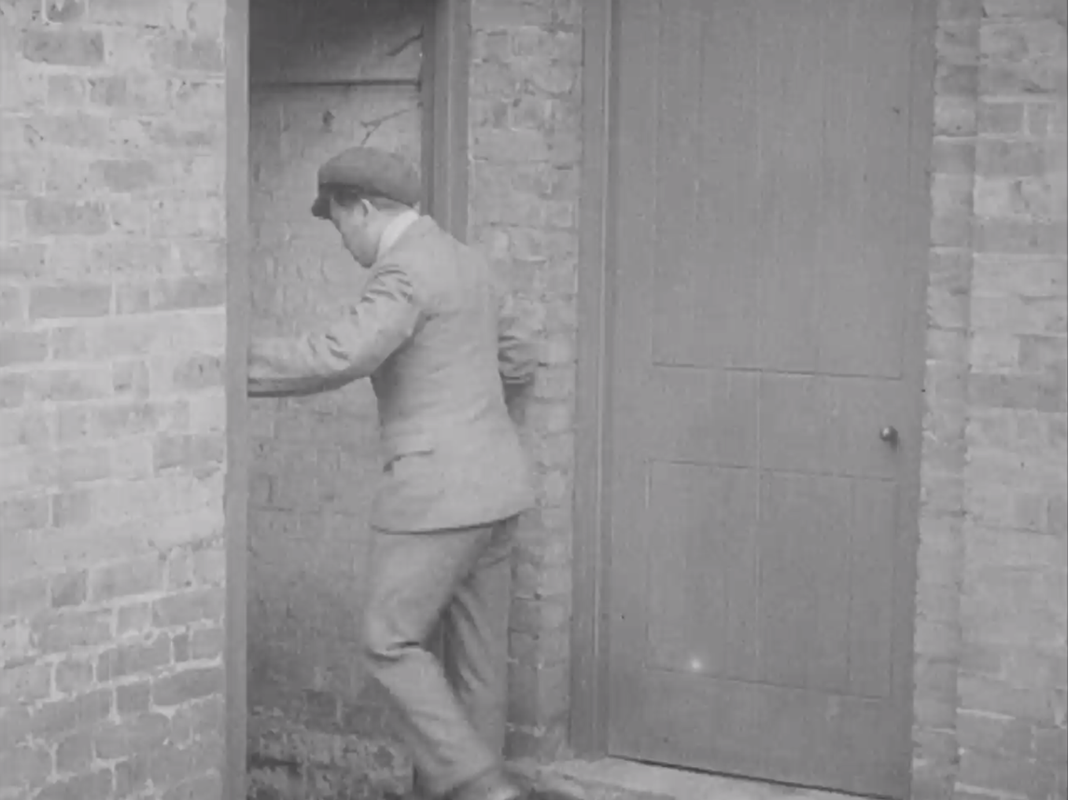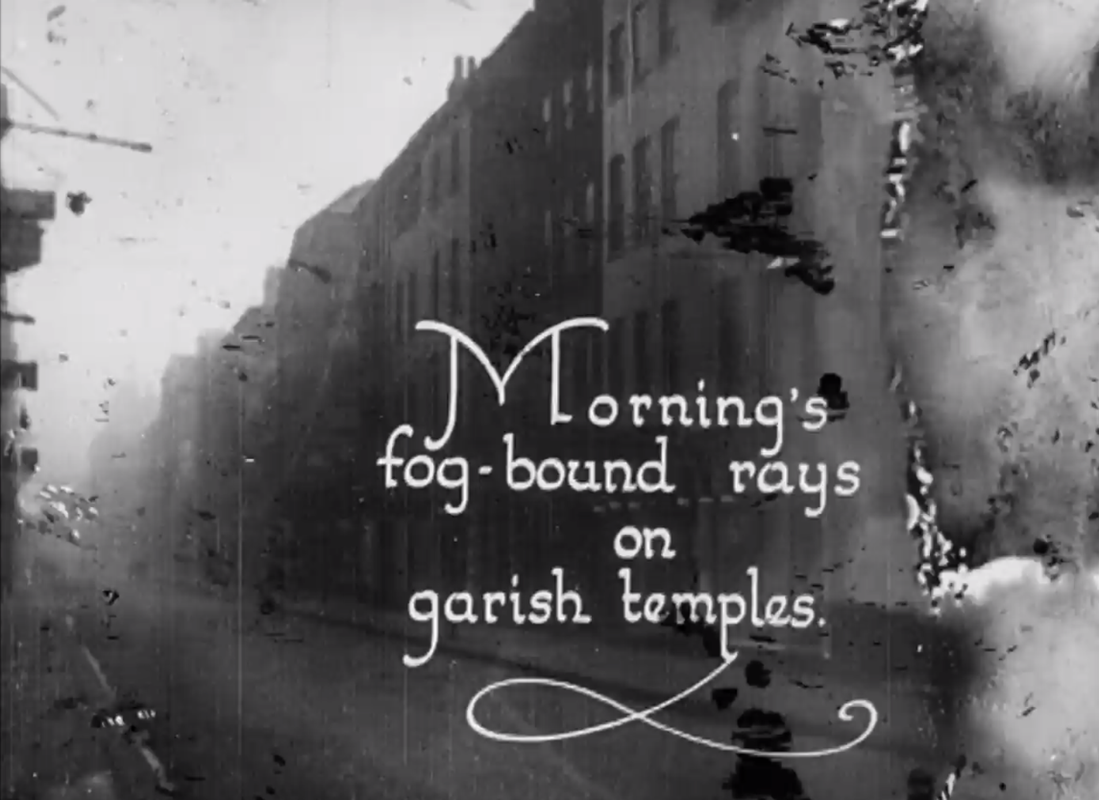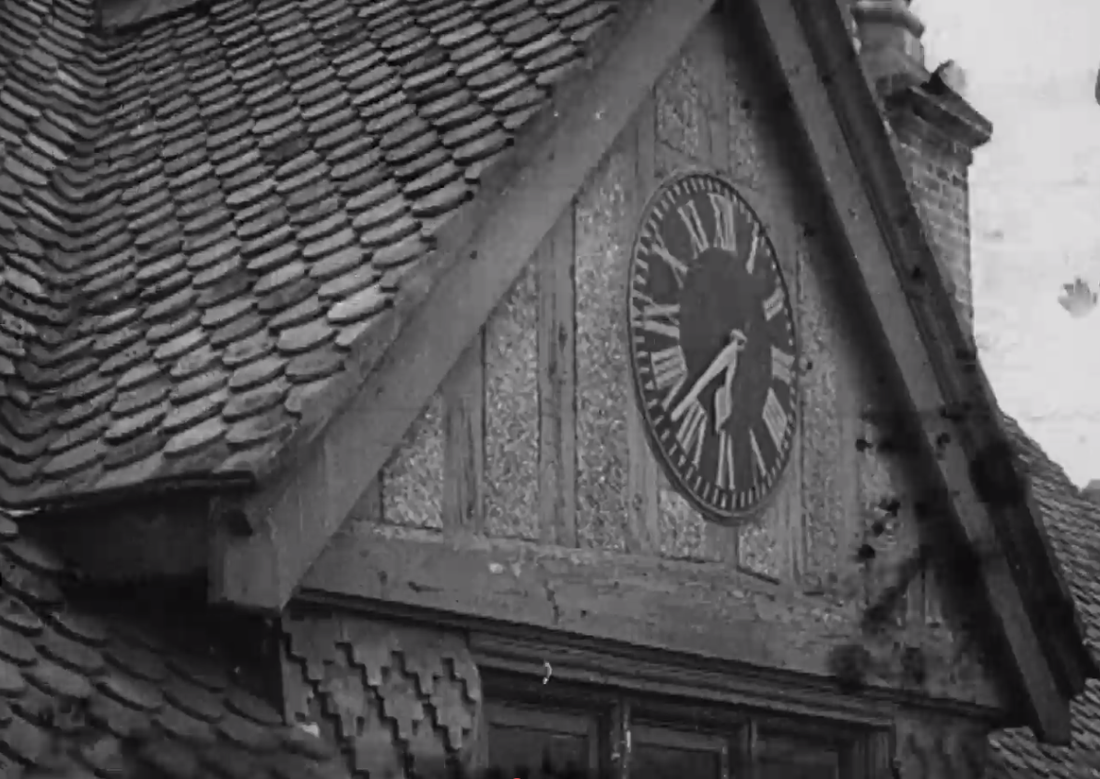West - Central - East
places in Cocaine, 1922
This post is about the places we see in Cocaine (Graham Cutts 1922). To learn more about the film in general and about the context of cocaine consumption in 1920s' London, listen to the recent Cocaine-themed episode of the excellent Soho Bites Podcast, where Dom Delargy talks with Michelle Facey and Rob Baker.
I am very grateful to members of the Borough of Twickenham Local History Society, especially Chris French and Mike Cherry, for some of the identifications in this post.
I am very grateful to members of the Borough of Twickenham Local History Society, especially Chris French and Mike Cherry, for some of the identifications in this post.
|
The topography of Graham Cutt's 'Sensational Story of London Night Life' is basic. In the centre of London, close to Piccadilly, are the night clubs where decadents dance and consume cocaine. Contiguous with one of these clubs is a church with a missionary-like priest. The club owner lives another life as a respectable bourgeois in a Thames-side suburb west of the city. Thames-side to the east is working-class Limehouse, where there are sordid pubs and opium dens.
In addition to these are two or three lesser locations: the South Kensington flat of a cocaine-dependent actress, represented only by interiors and located by a fictional address; the prison from which a drug dealer is released; a hill in the countryside where a young couple walk after the drama is over: |
Central - the West End
The centre of London is introduced by a night-time view of electric advertising at Piccadilly Circus. This view returns later in the film to establish again where the principal action is set.
There is also a single view of Piccadilly Circus in daytime, a pan past the Monico café and towards the statue of Eros:
The only other Central London location I recognise is a still view of Trafalgar Square, one of three images in succession showing fog-bound London, early morning:
There are two central London nightclubs in the story, both shown mainly through studio-made interiors. We do see the entrance of the second, the Limit Club:
|
The chapel is supposed to be next to this club, near Piccadilly. We don't see enough of the chapel for immediate identification, but the motif above the door is distinctive enough to be recognisable. (Suggestions here, please.) |
West of London
The film is a Master Films production and its interiors were shot at their premises in Teddington, the basis of what would become the famous film and television studios. The vicinity provides most of the film's locations. The Thames-side mansion where the club owner lives is a house near the company's premises called Weir Bank. It had just been acquired by the Lensbury Club, seen here in a contemporary postcard and an aerial view from 1928:
From that same aerial view, accessible at Britain From Above, here is Weir House with behind it the principal studio building:
Weir Bank is the most easterly of the buildings that make up the Lensbury Club, just south of where Lensbury Club is written on this 1934 Ordnance Survey map, accessible at the National Library of Scotland.
The house as a whole is seen only once in Cocaine, as the background image of an intertitle, but there are partial glimpes and several views of the club's grounds and of the gates:
The lovers' meeting place is by the weir at the bottom of the garden:
In one of the two brief glimpses of the house where the young man lives, we see the number 17 on the gate. This is 17 Twickenham Road in Teddington (thanks to Chris French for the identification):
I think the image below left is Broom Road, opposite the entrance to Weir House. The building in the background looks to me (just about) like the one in the centre of the aerial image below right:
Likely to be in the Teddington-Twickenham area are this gateway with moderately distinctive tops to its piers and the street along which the parked car then drives. These details do not readily enable identification:
The location below was identified from the signage, though that can be deceptive - a pub selling Isleworth Ales is not necessarily in Isleworth:
This is East Molesey, by the bridge leading to Hampton Court. The pub with the Isleworth Ales sign is the Castle Hotel, now demolished:
The building with a turret to the right is the Thames Hotel, now a restaurant called Zizzi. A view showing a sign at the hotel door facilitated the identification:
I think this riverside location is also Molesey, on the slim evidence that postcards I have seen of other local riversides (Teddington, Twickenham etc.) have different railings whereas those in a Molesey postcard match those in the film:
The East End
The most famous cinematic rendering of Limehouse in this period is Griffith's Broken Blossoms (1919), a globally influential anthology of clichés compiled wholly in Hollywood:
Here is Limehouse in an American production that came to London, Albert Parker's 1922 Sherlock Holmes, with John Barrymore:
(For more about Parker's Sherlock Holmes see here.)
This is Limehouse in an English Sherlock Holmes film from 1921, The Man With the Twisted Lip:
This is Limehouse in an English Sherlock Holmes film from 1921, The Man With the Twisted Lip:
This is the East End in various episodes of the 1923 series The Mystery of Dr Fu Manchu:
(For more about this Fu Manchu series see here.)
And this is Limehouse in E.A. Dupont's 1929 film Piccadilly:
And this is Limehouse in E.A. Dupont's 1929 film Piccadilly:
Cocaine, like Piccadilly, is centred on the West End, but it does go briefly to Limehouse. The cliché of the district's drug-addled depravity is invoked by one long scene in an opium den:
This interior is preceded by distinctive exteriors. A Chinese drug dealer (played by a European), near a boatyard, recognises across the street another Chinese man (played by a more authentic actor), and persuades him to go for a drink in a pub across the way:
These views pass as the East End, but they're all on the other side, West of London. This 'bit of old Twickenham' is Bell Lane, at The Embankment (thank you Mike Cherry for the identification):
The boatyard is three streets along from Bell Lane (my thanks to Mike Cherry again):
The pub they go to, which is supposed to be across the street, is some distance away:
This is the Builders' Arms, Field Lane, Teddington:
Here are the film's identified West of London locations on a map:
To close, here are the locations in the film still to be identfied (all suggestions welcome, here):
websites consulted



